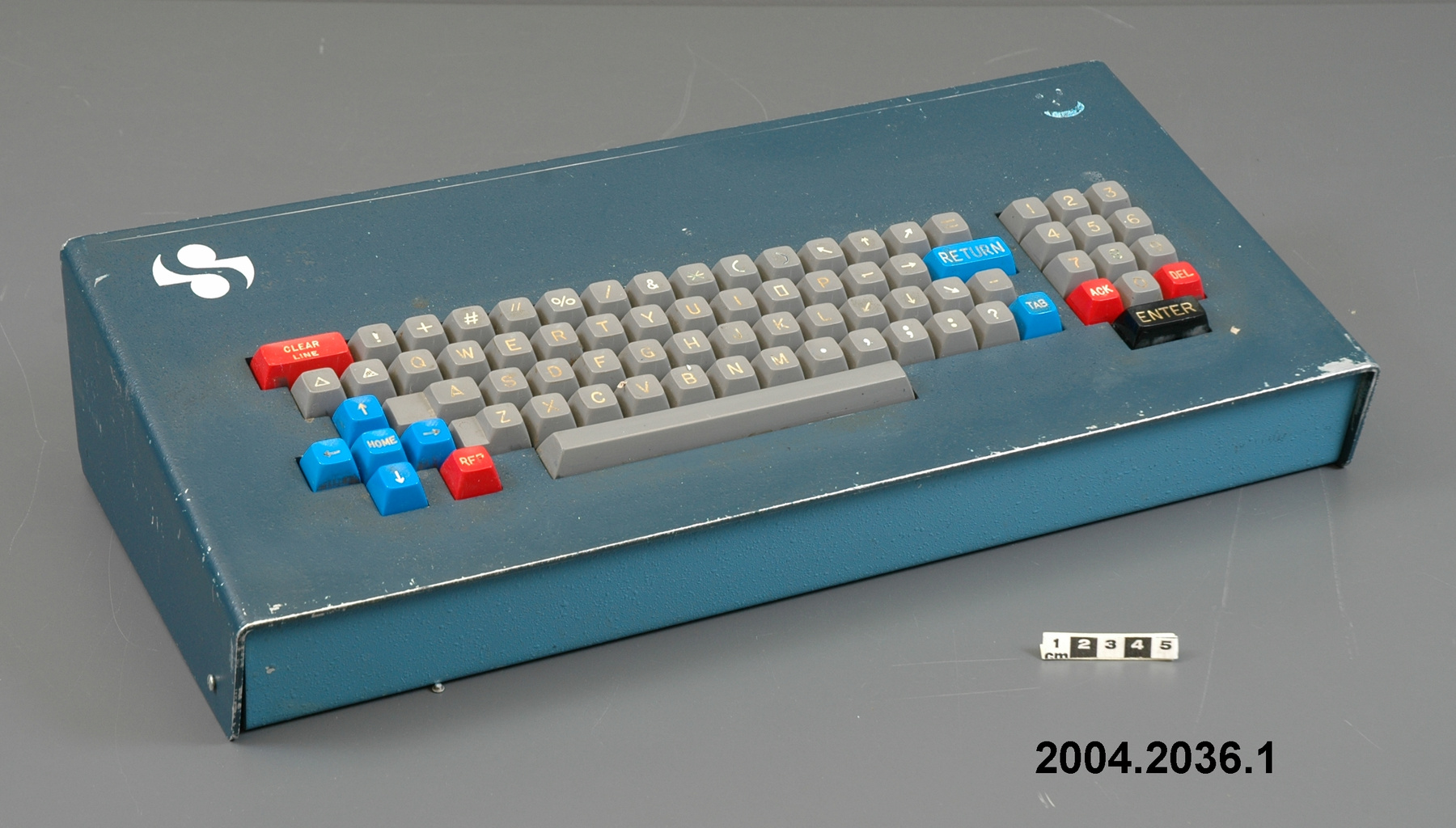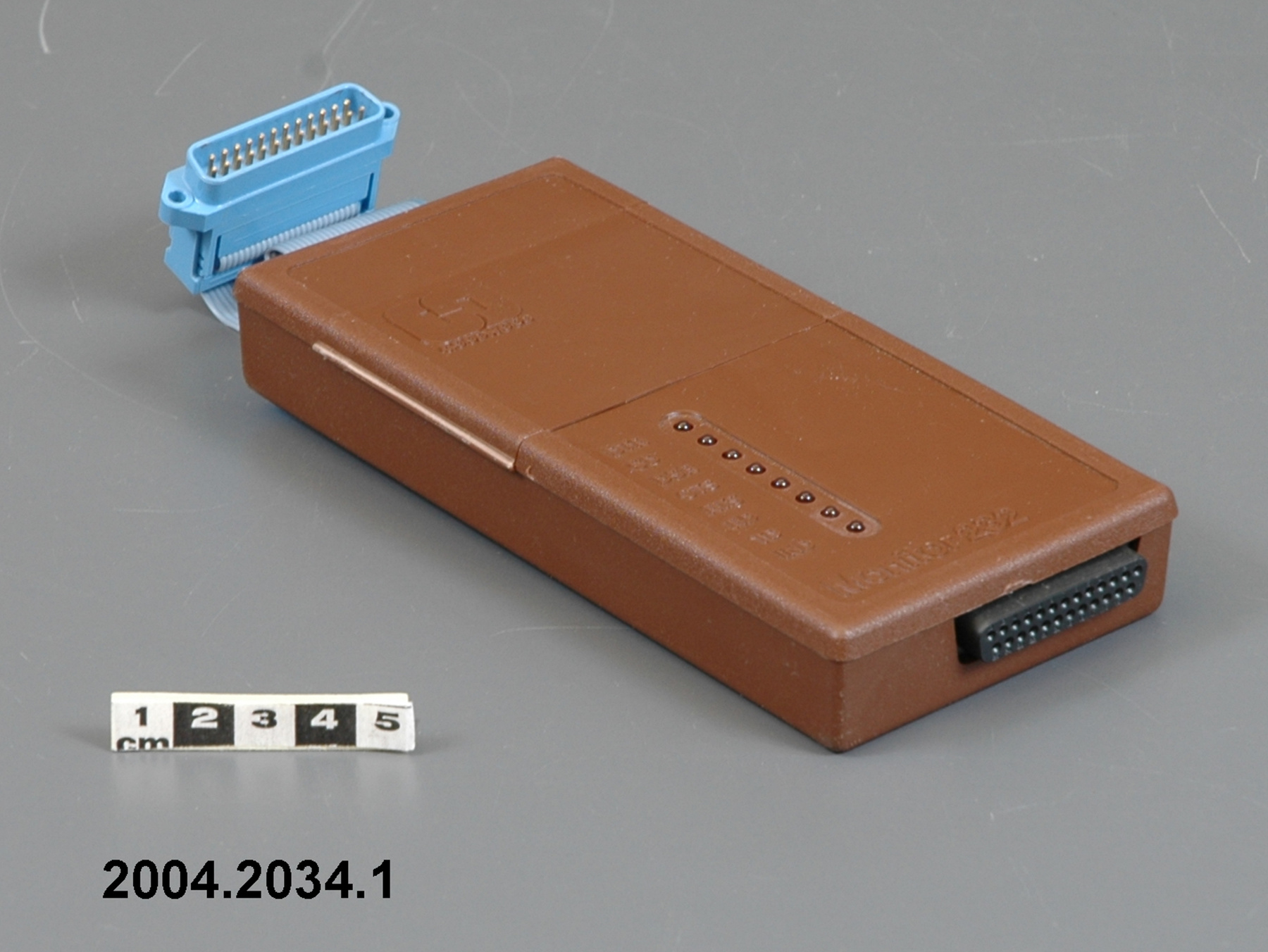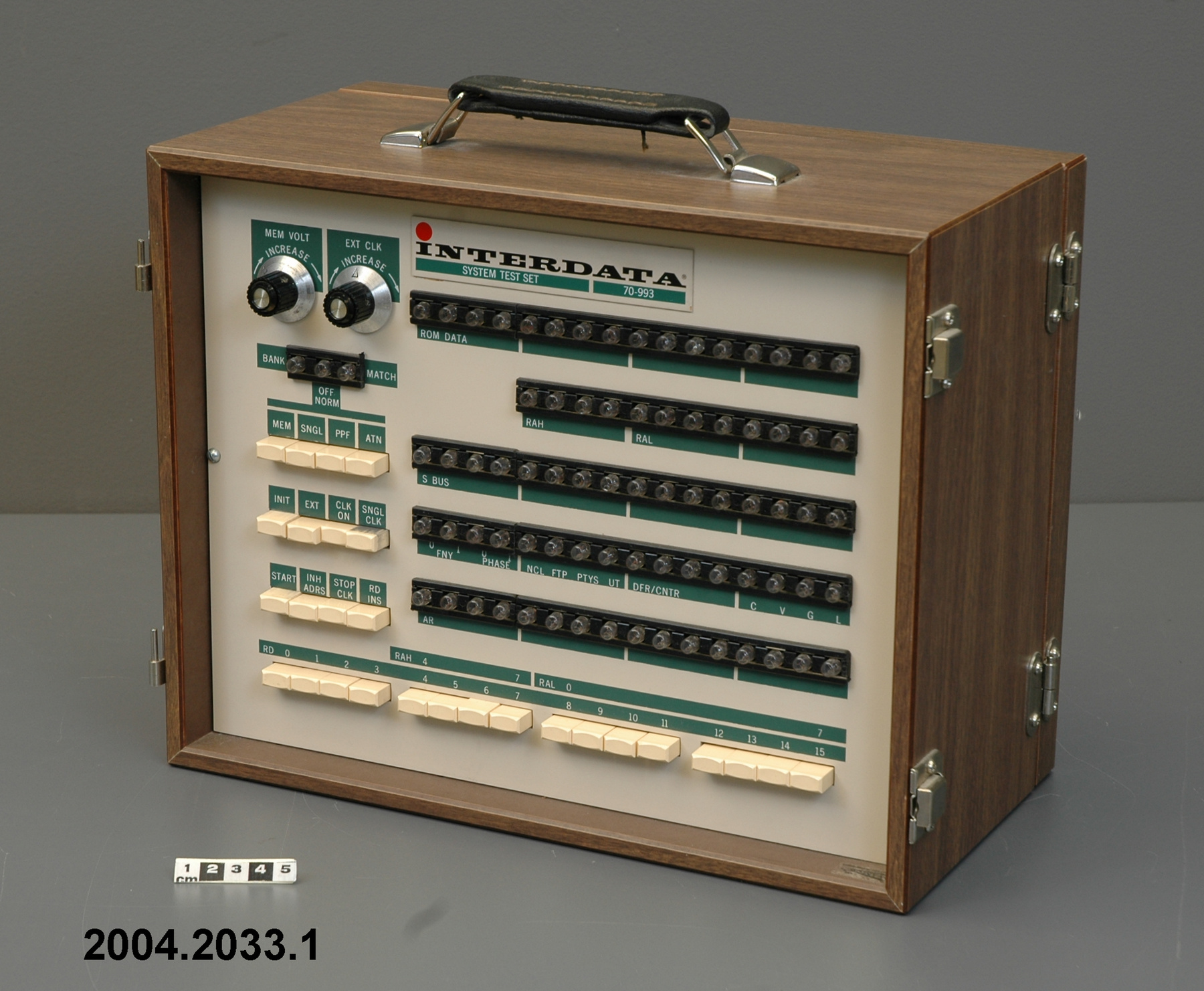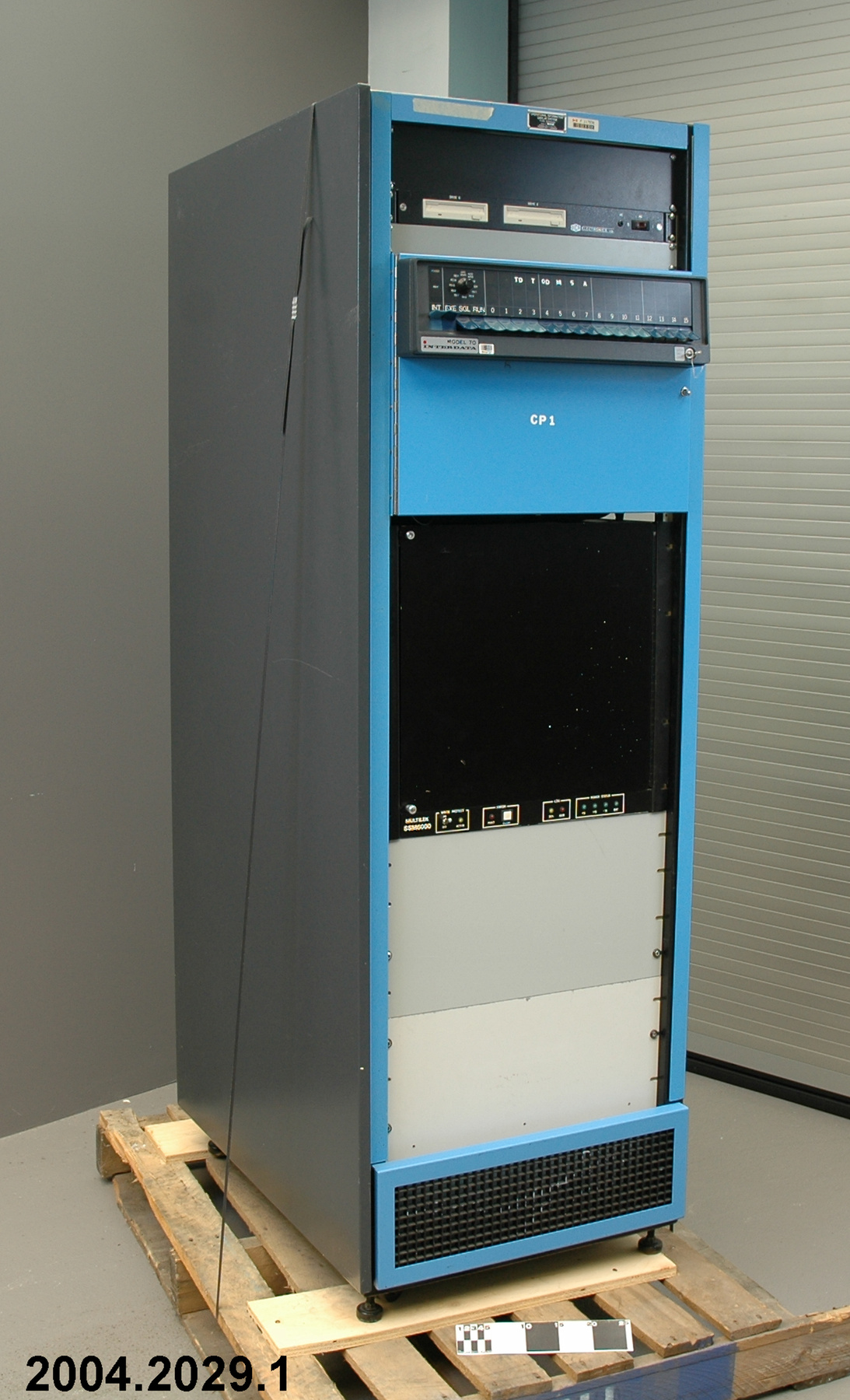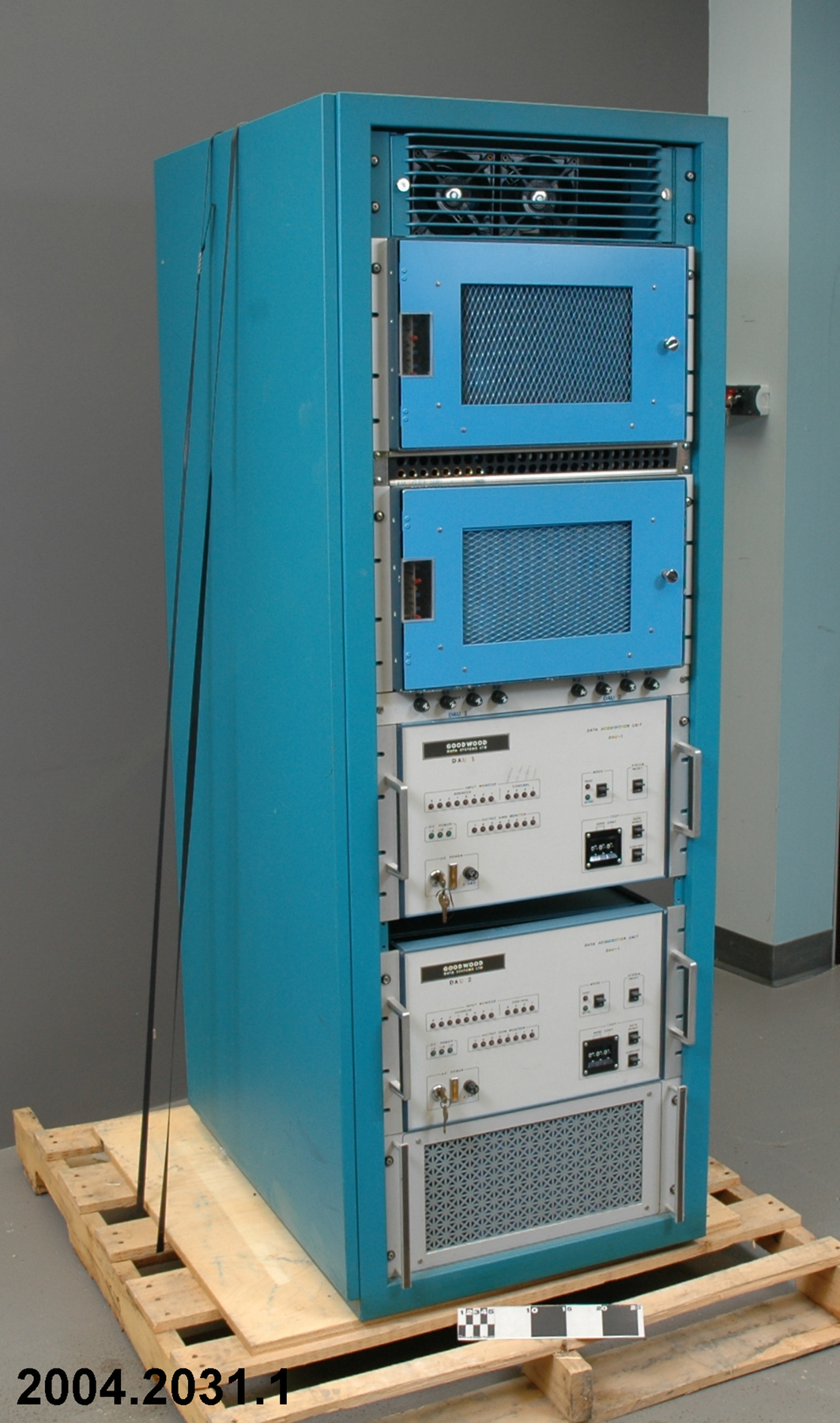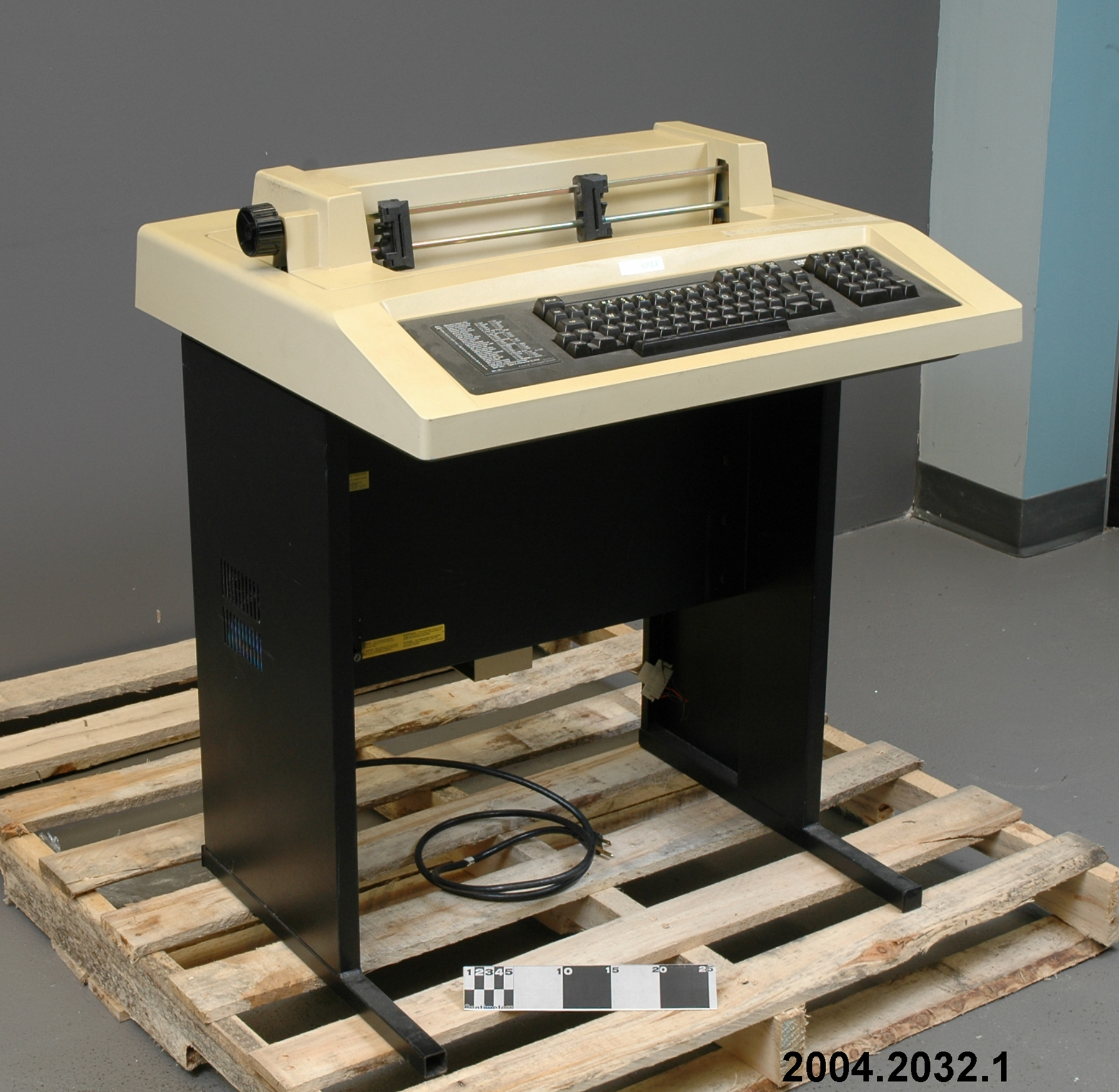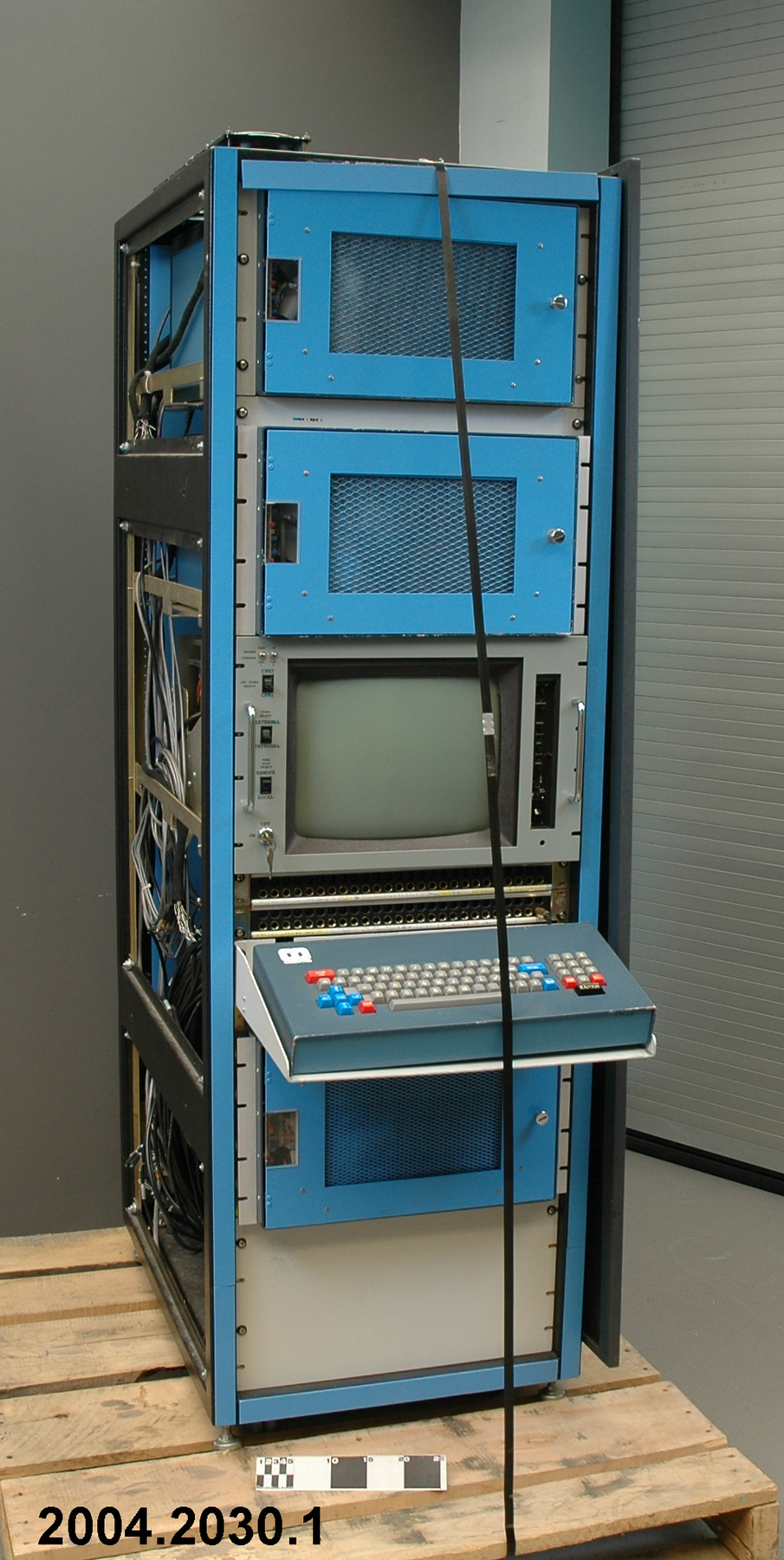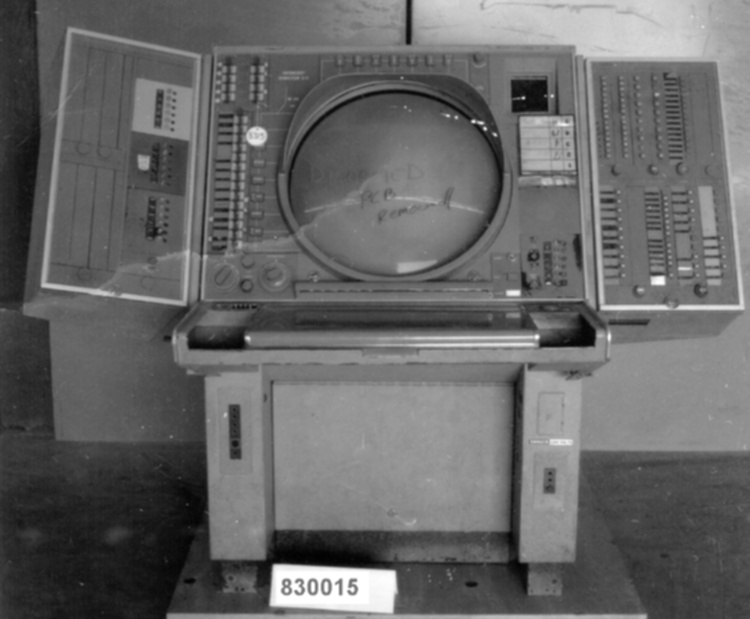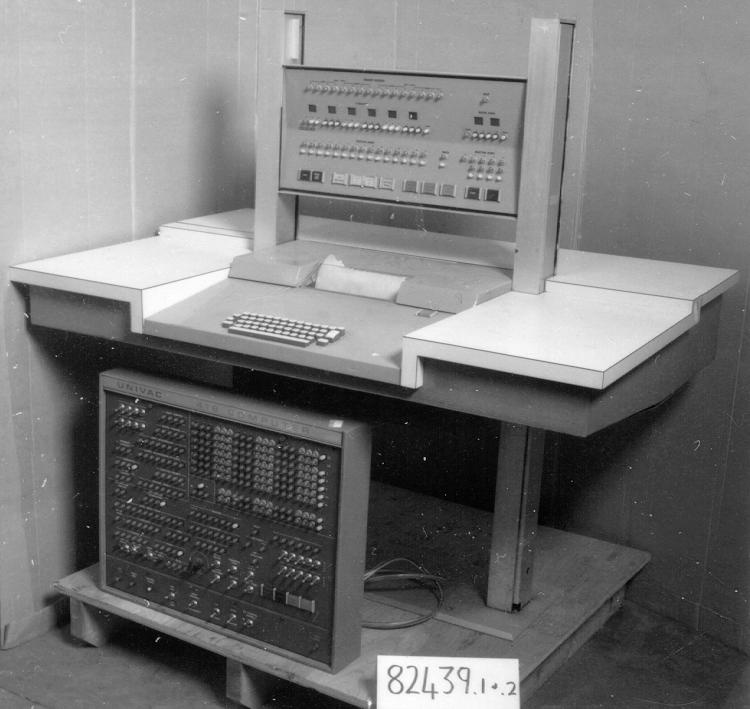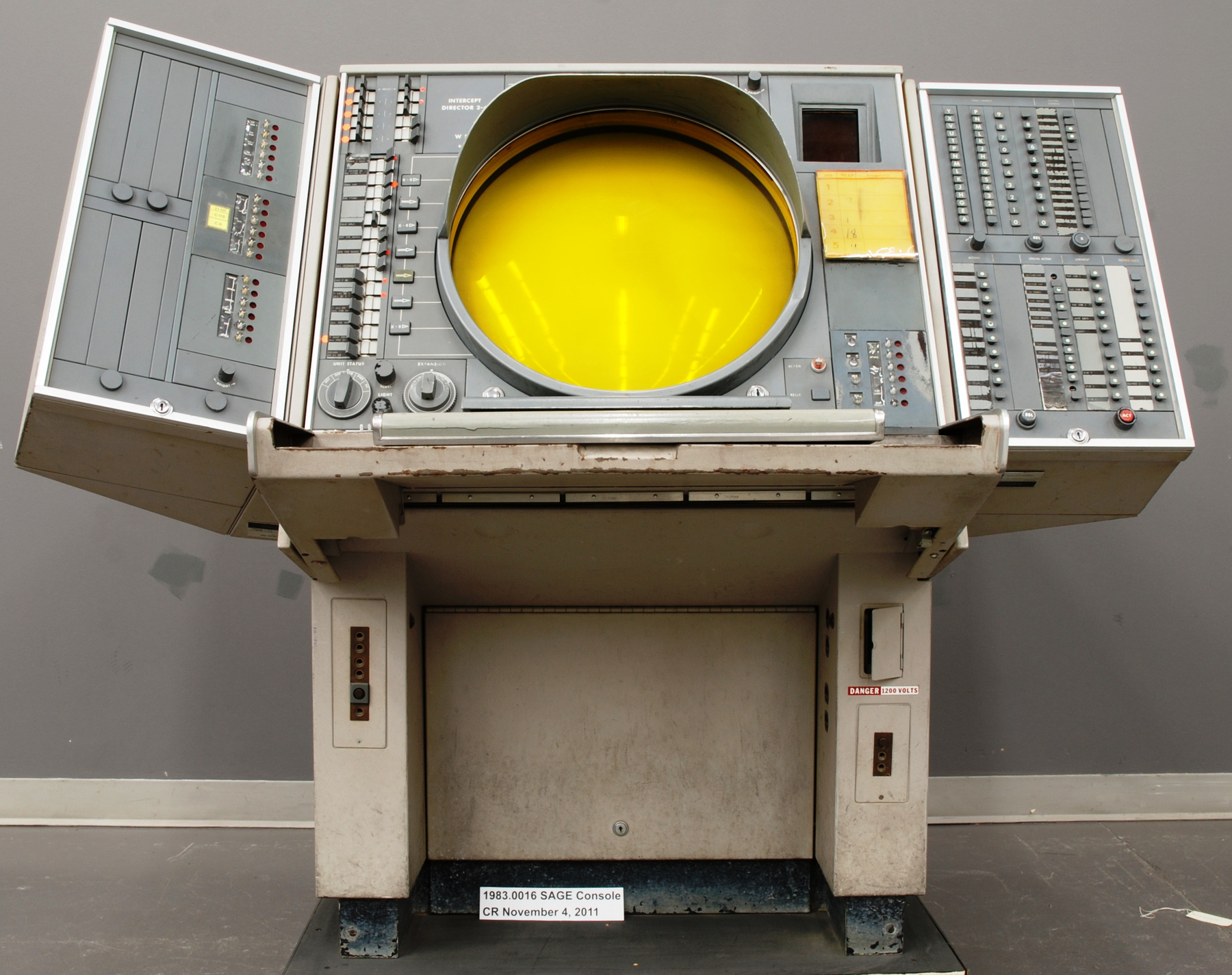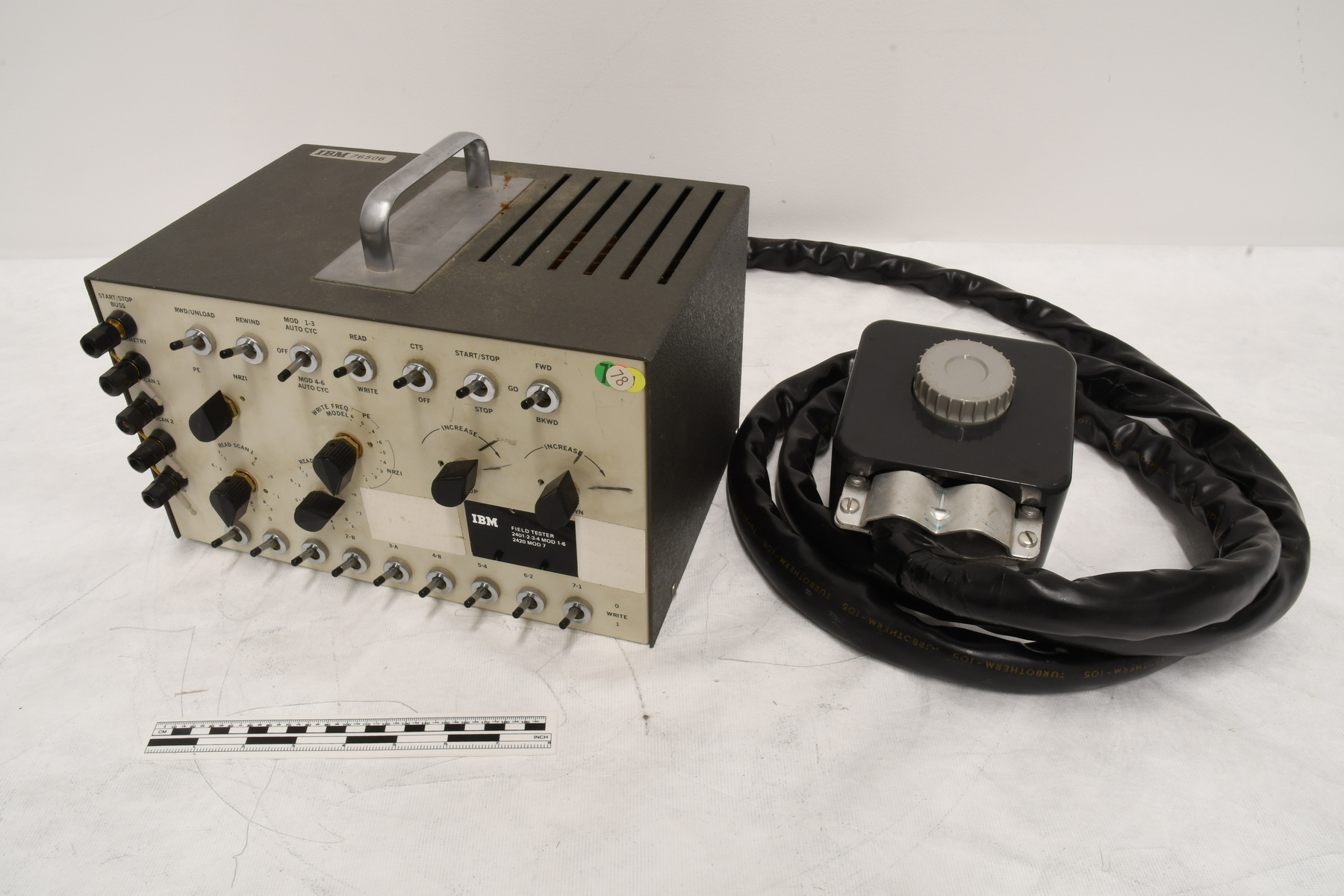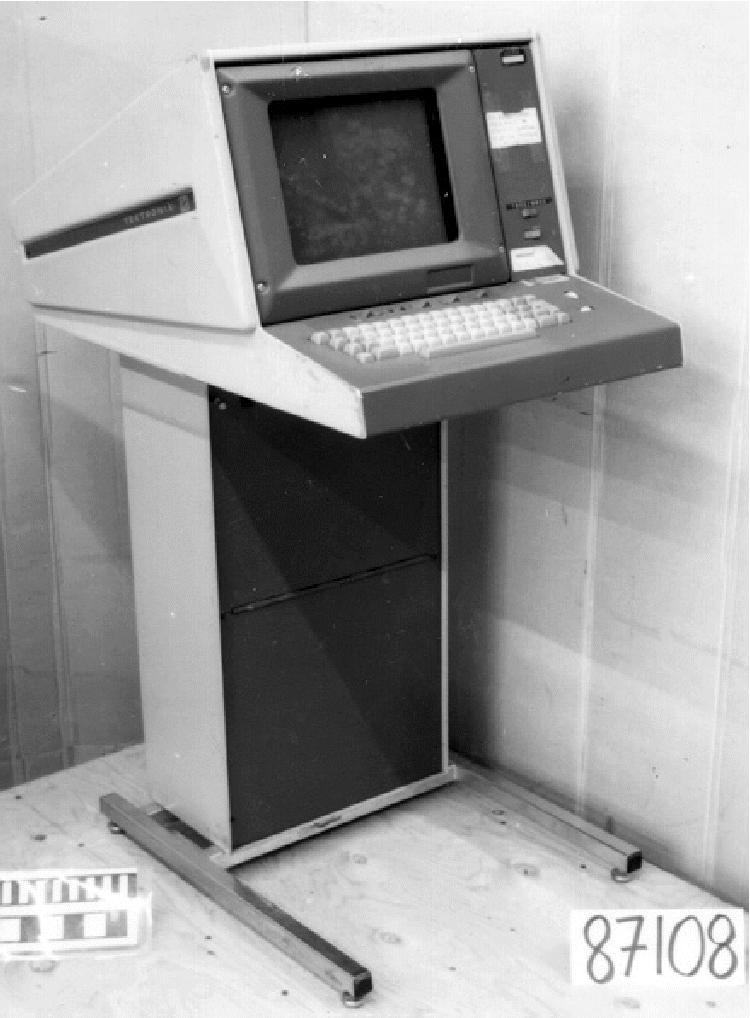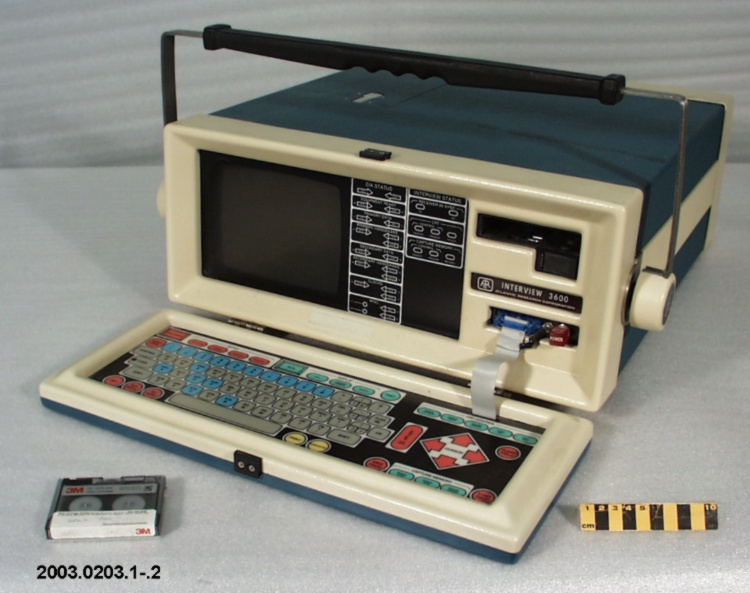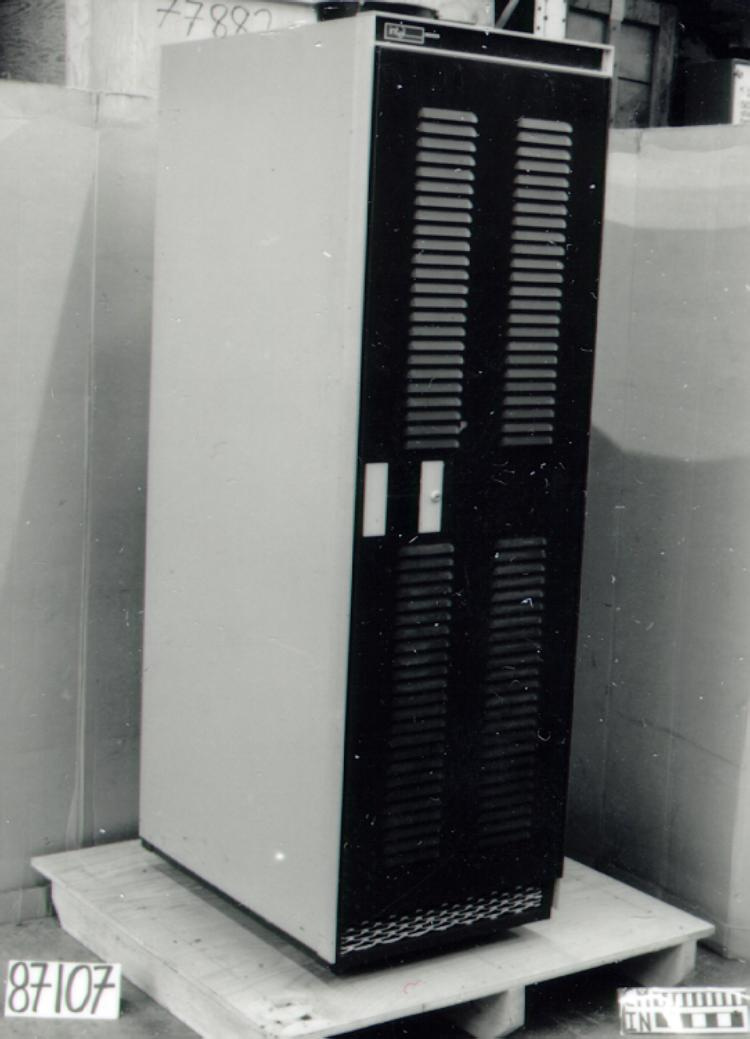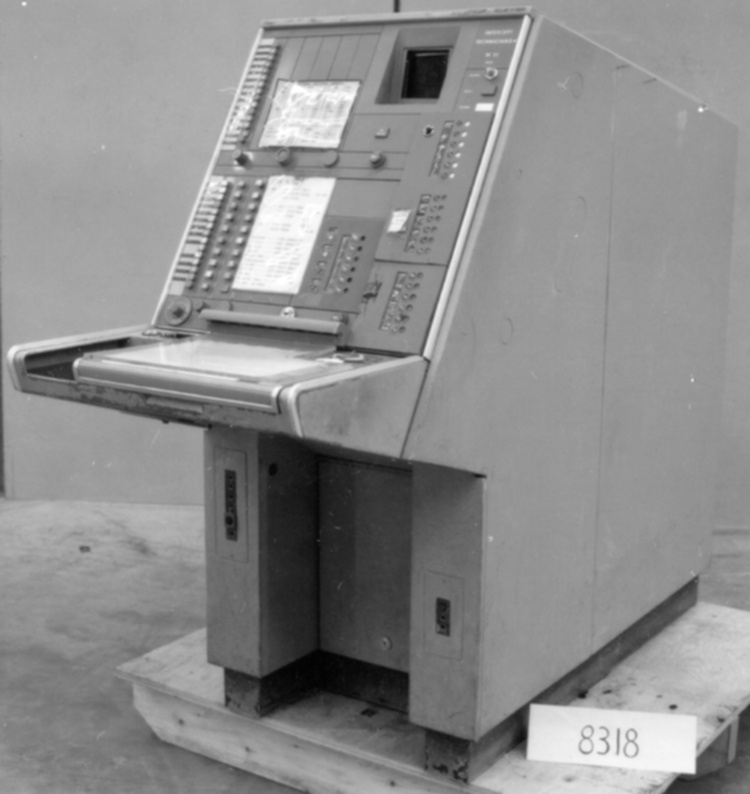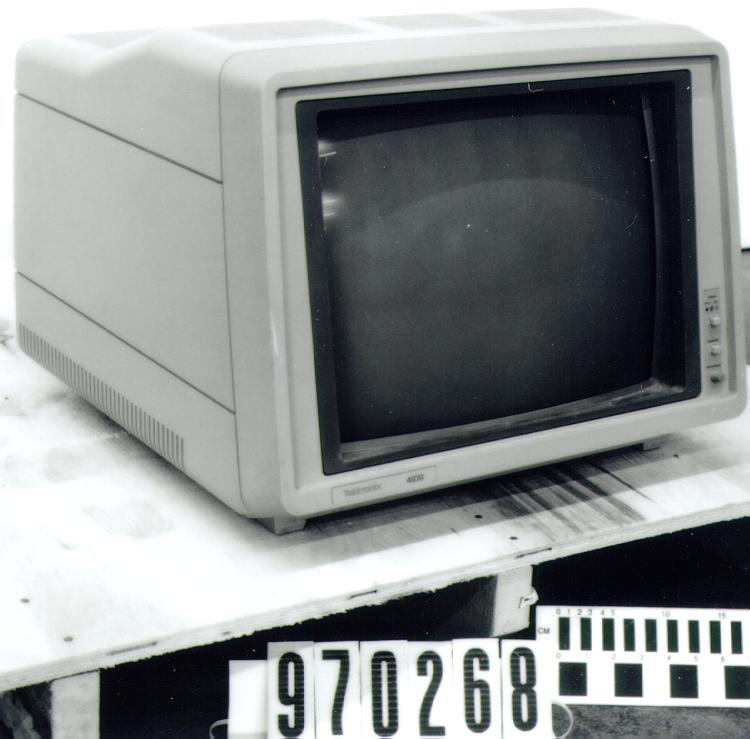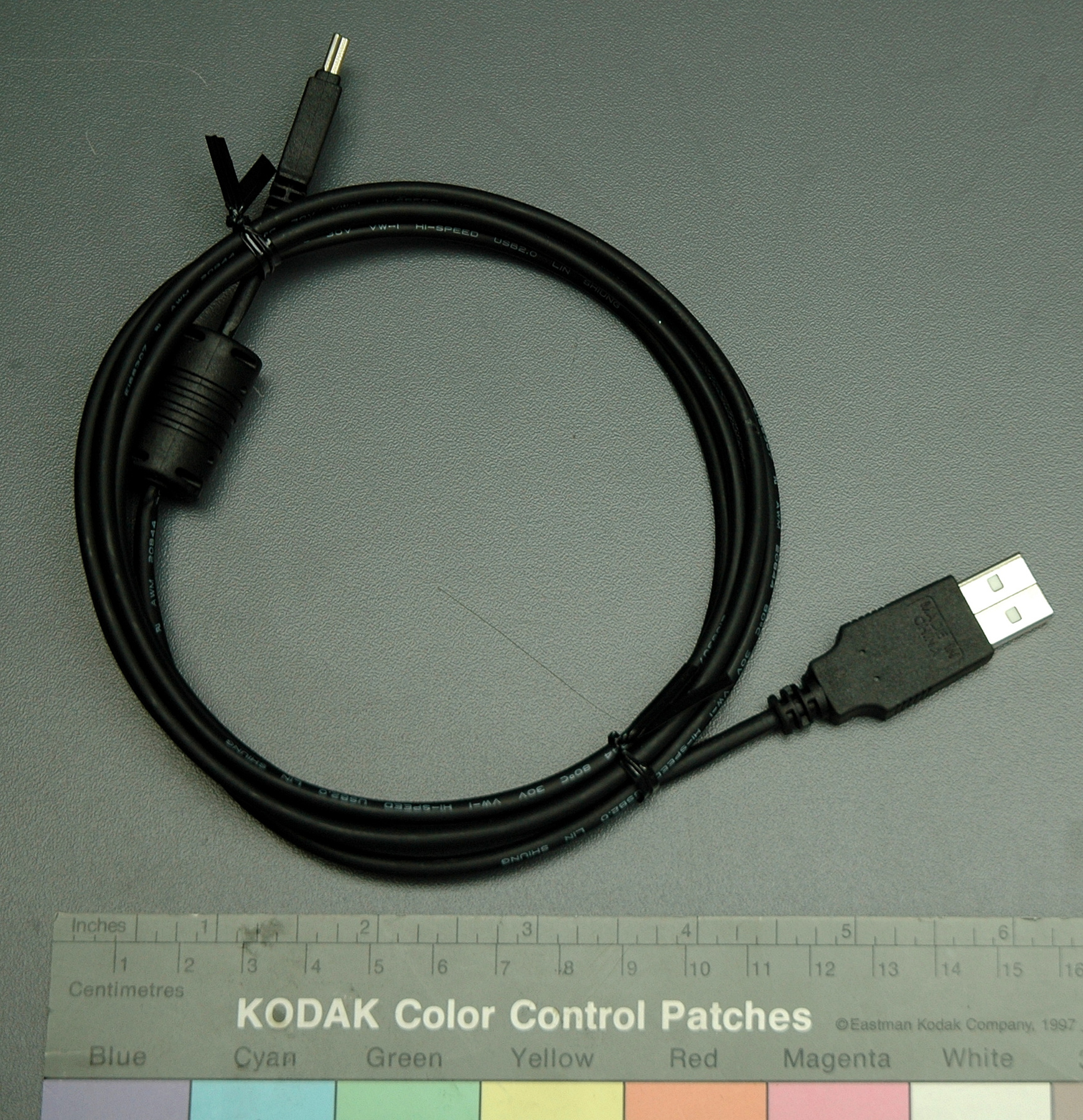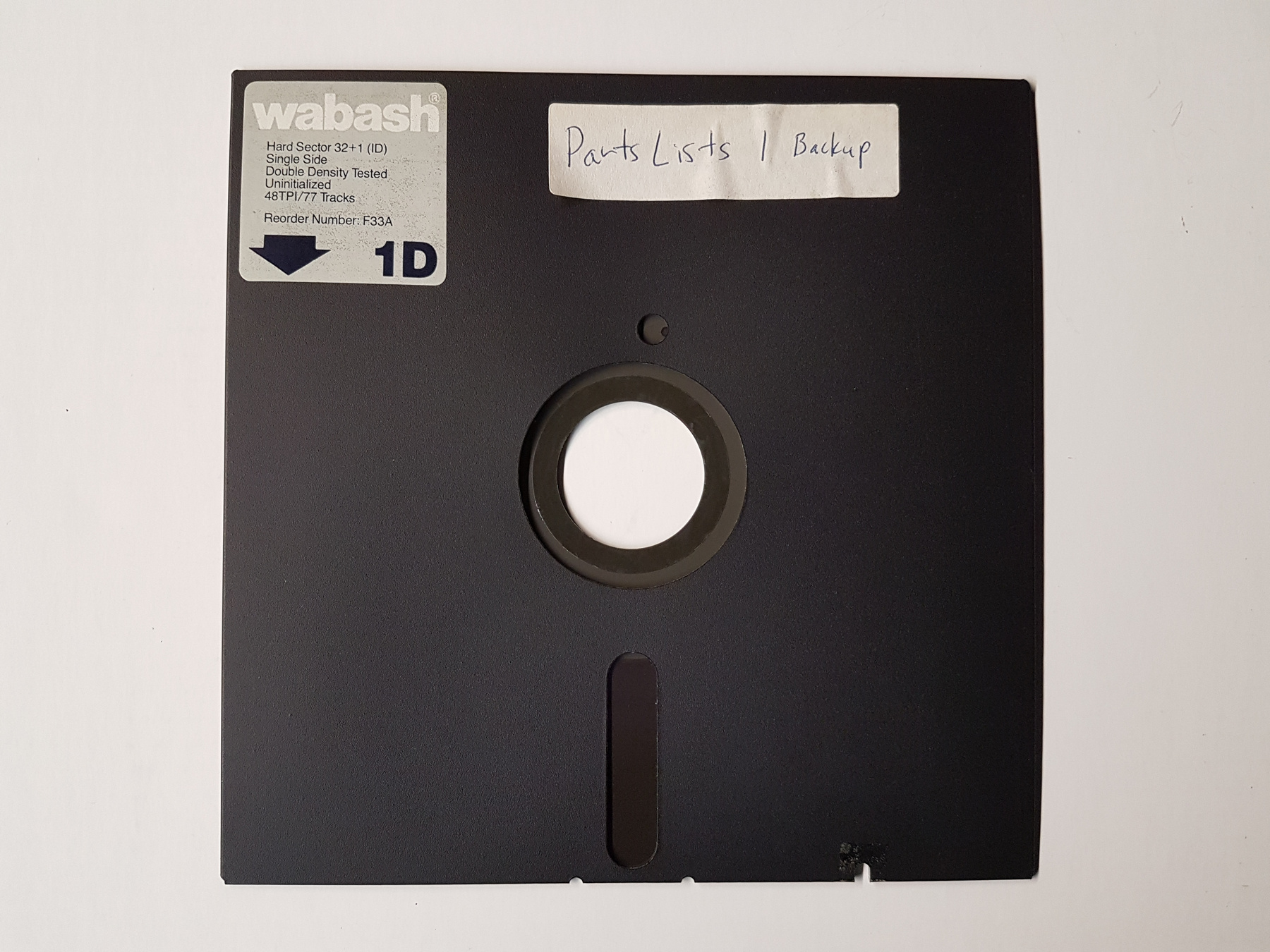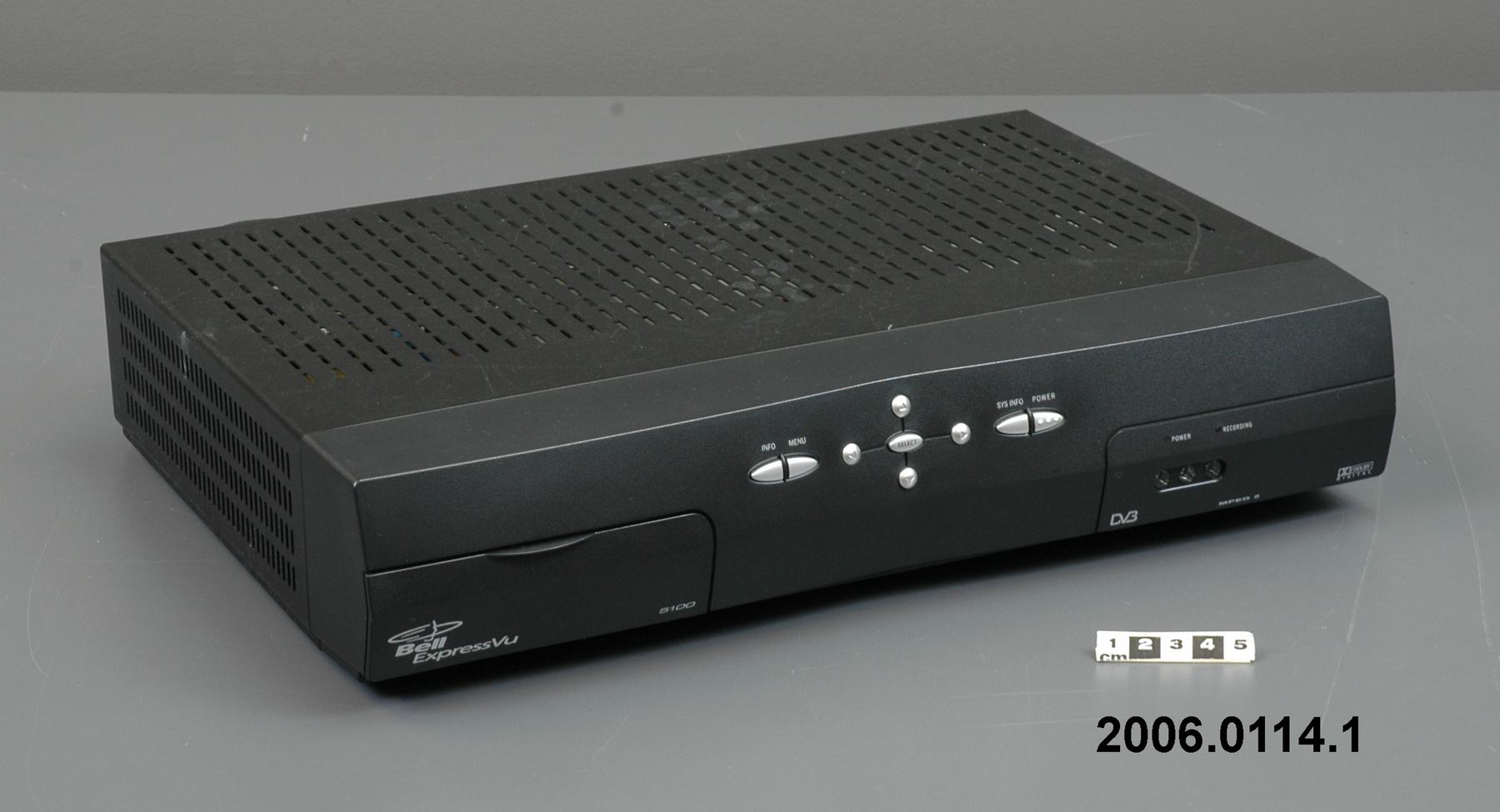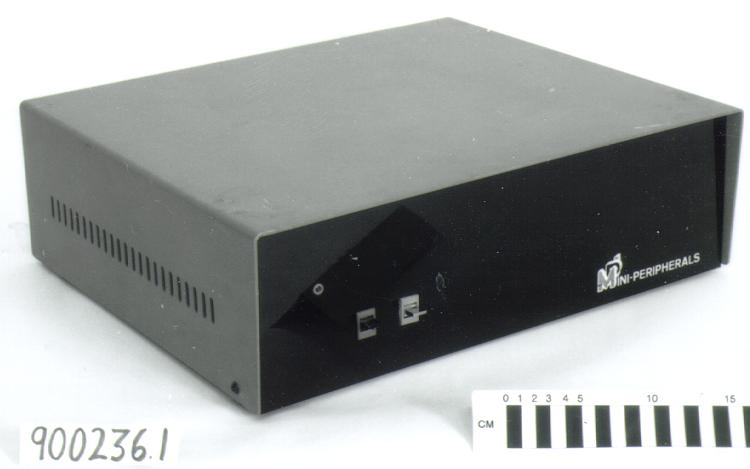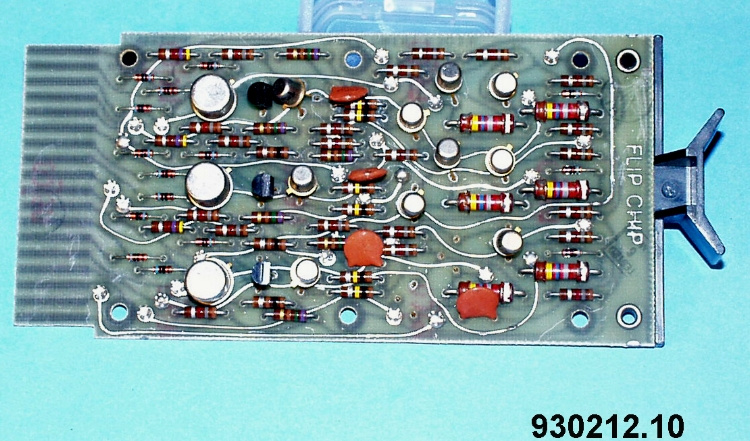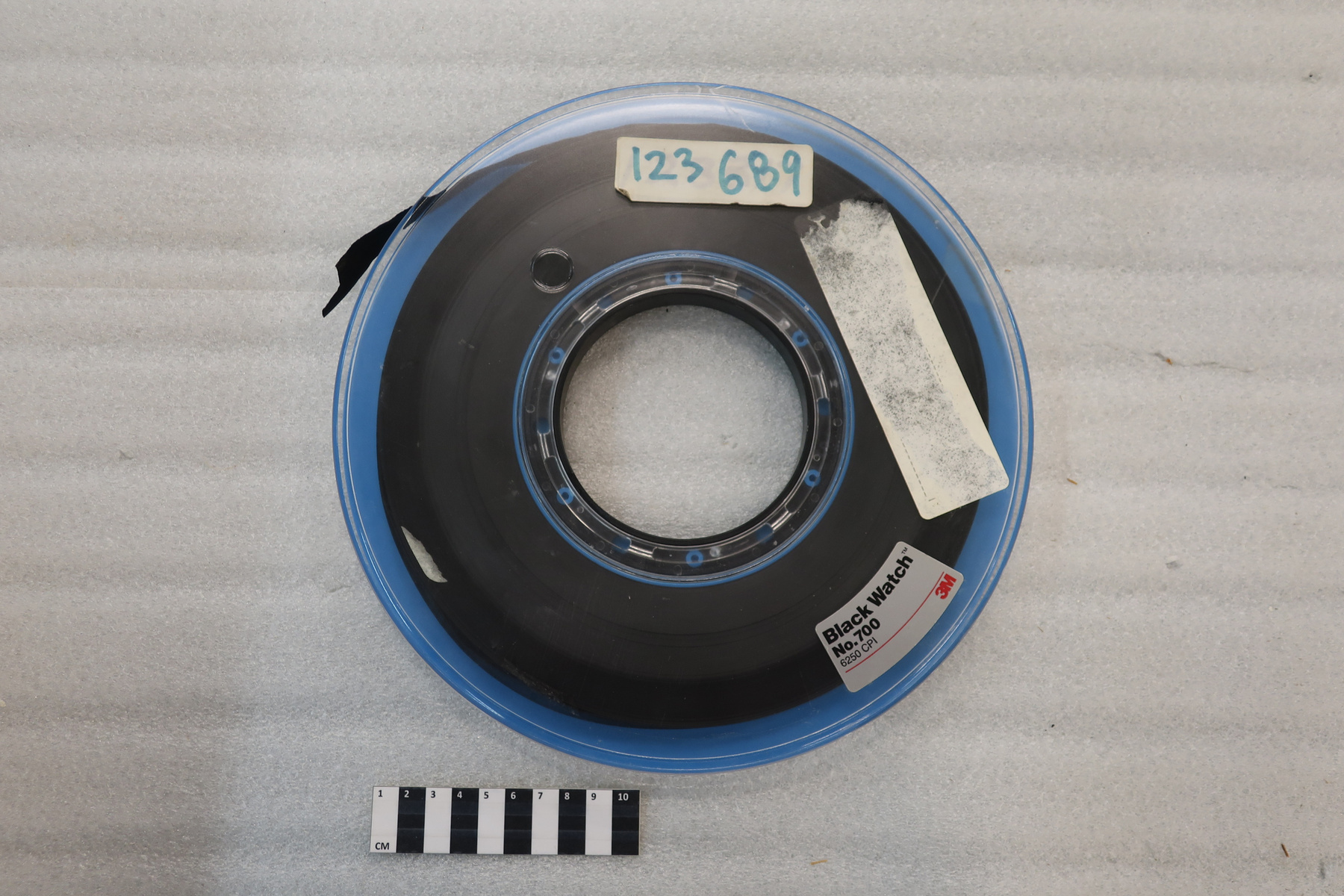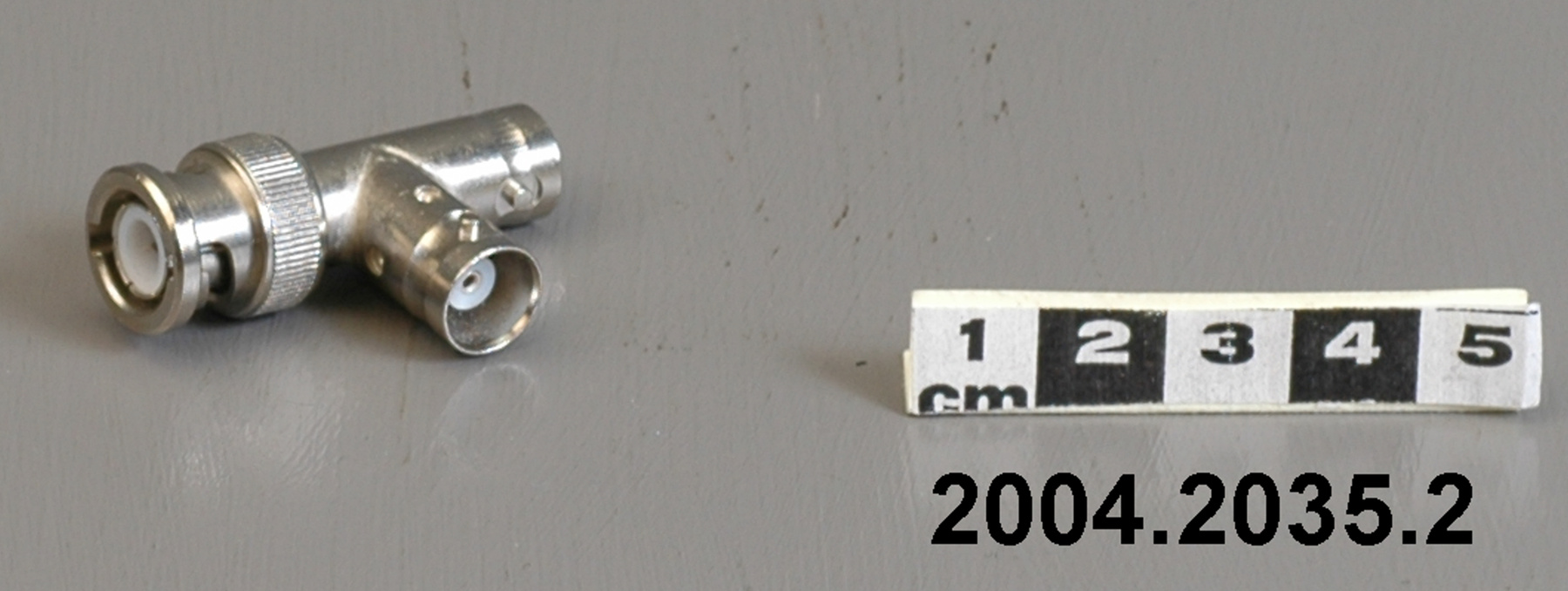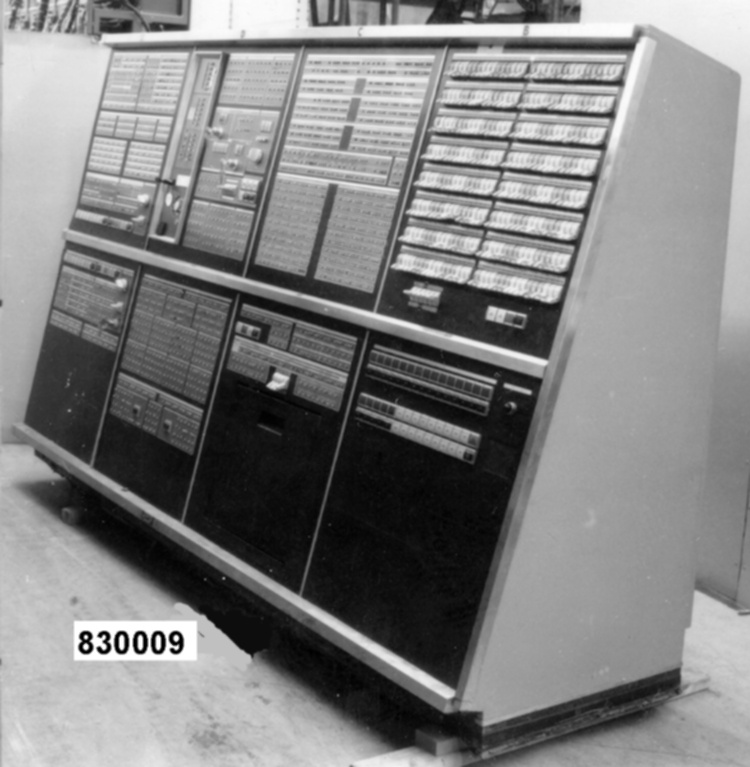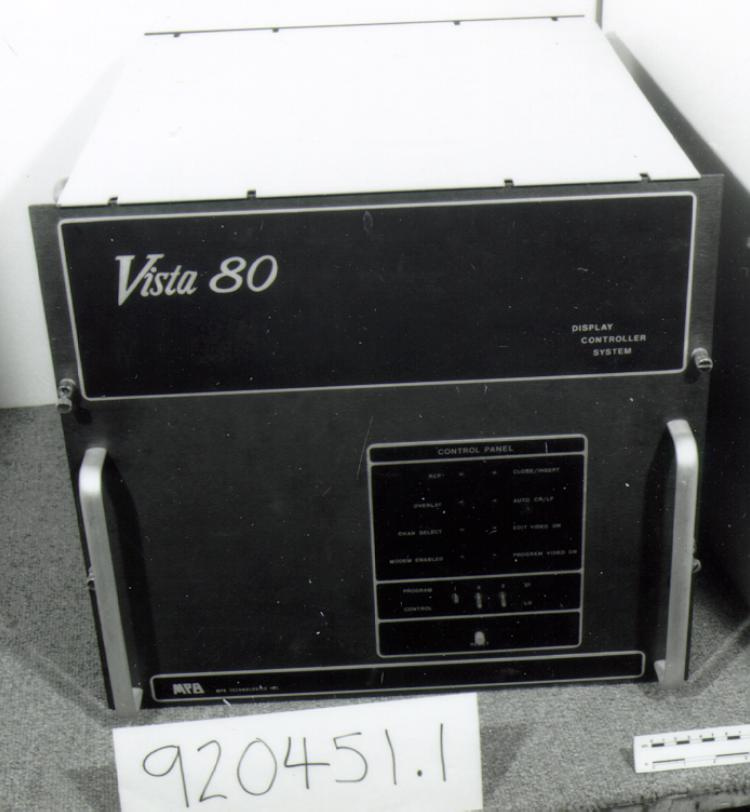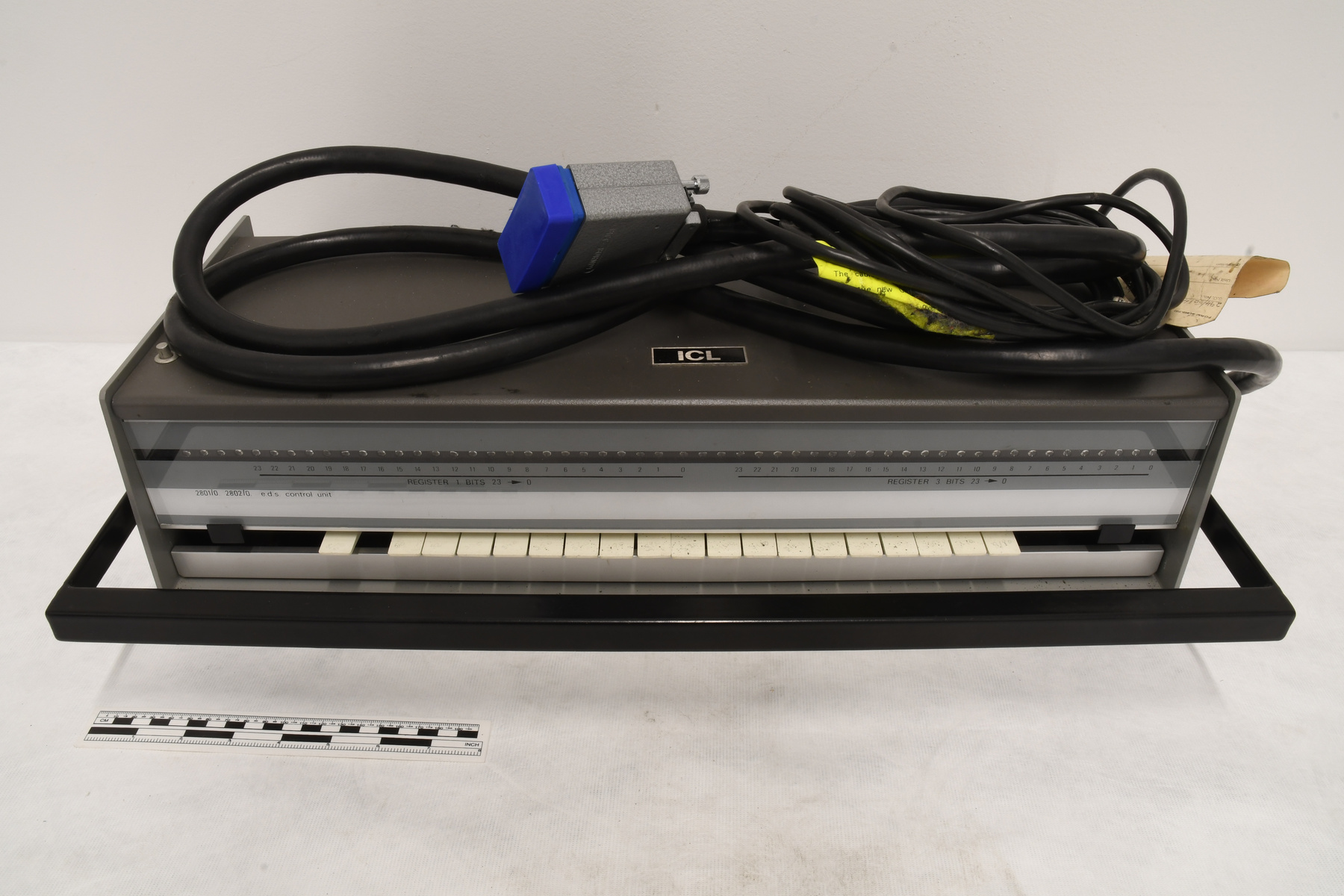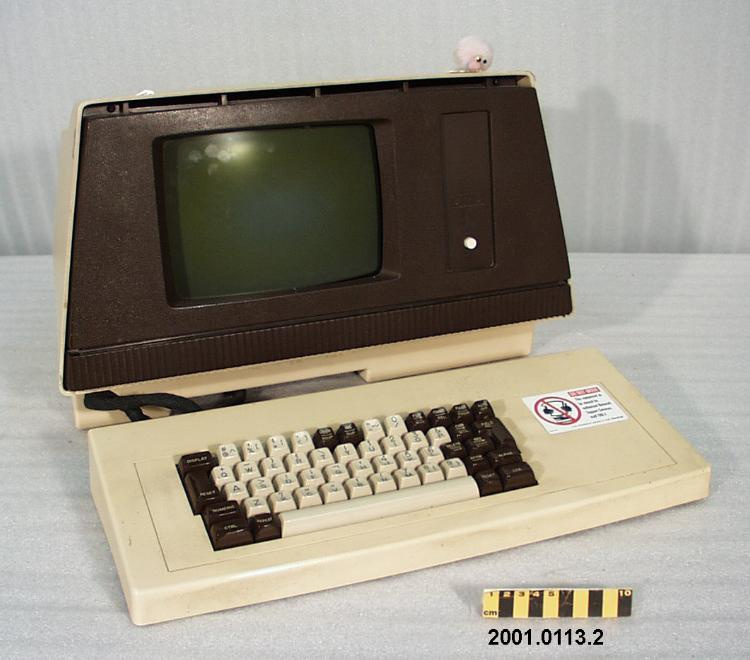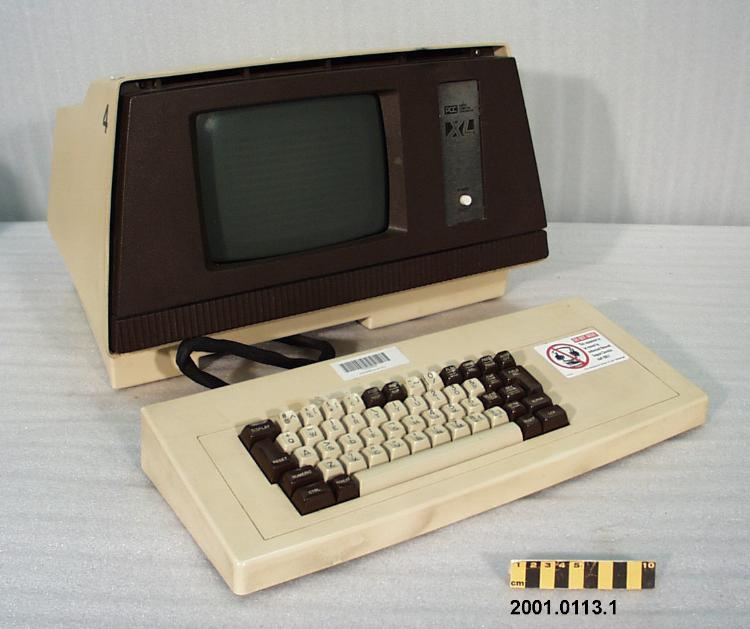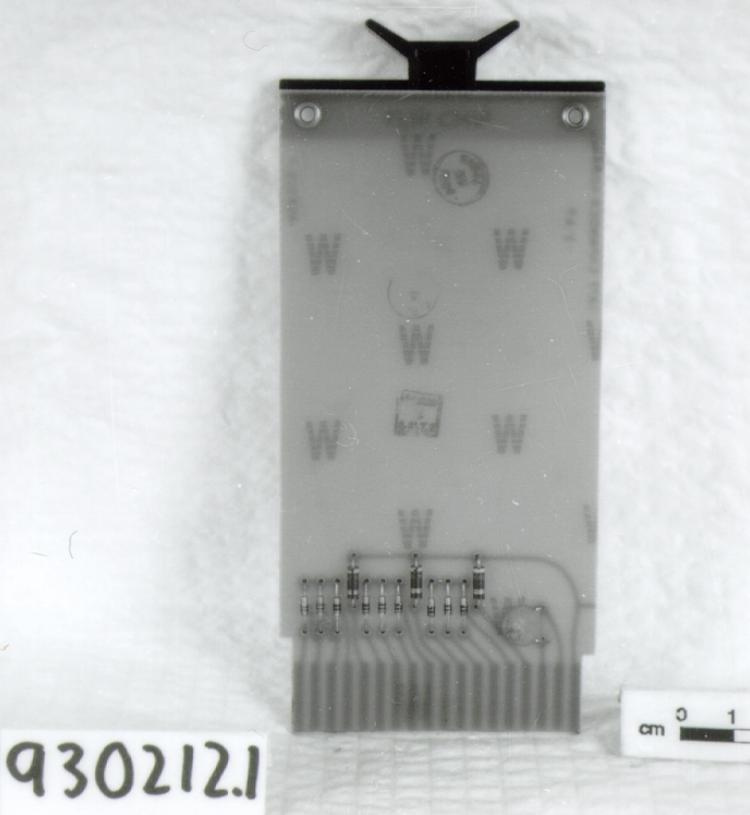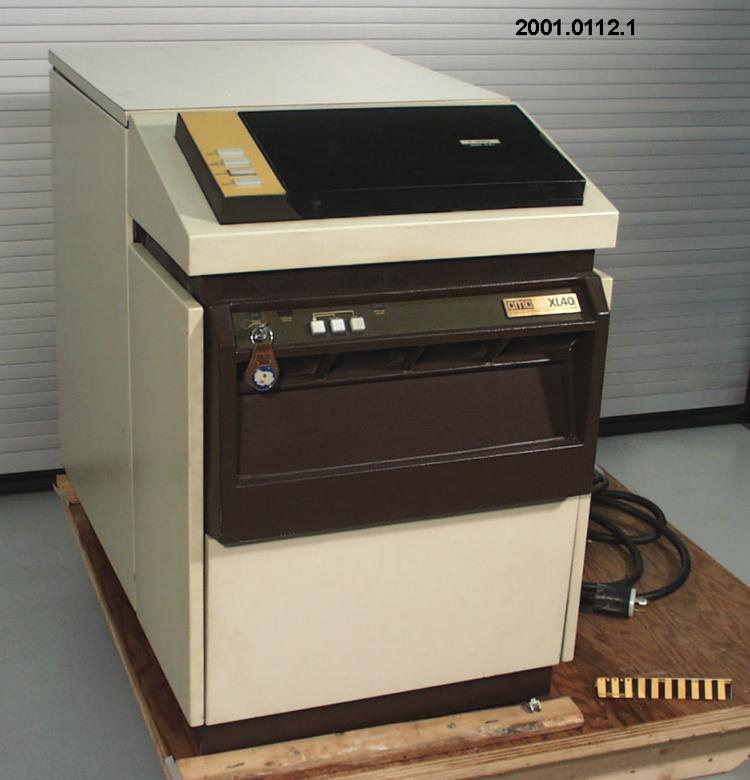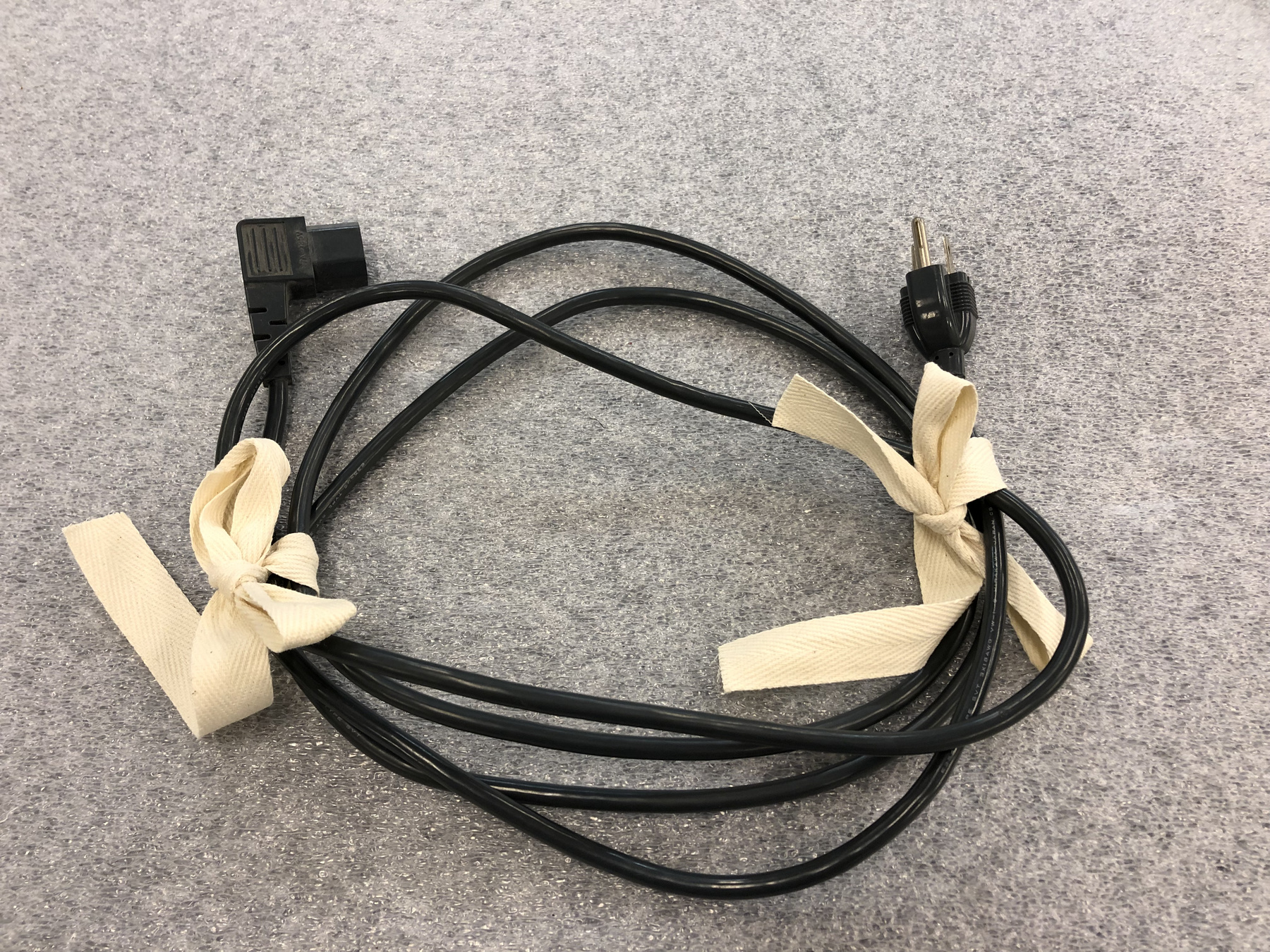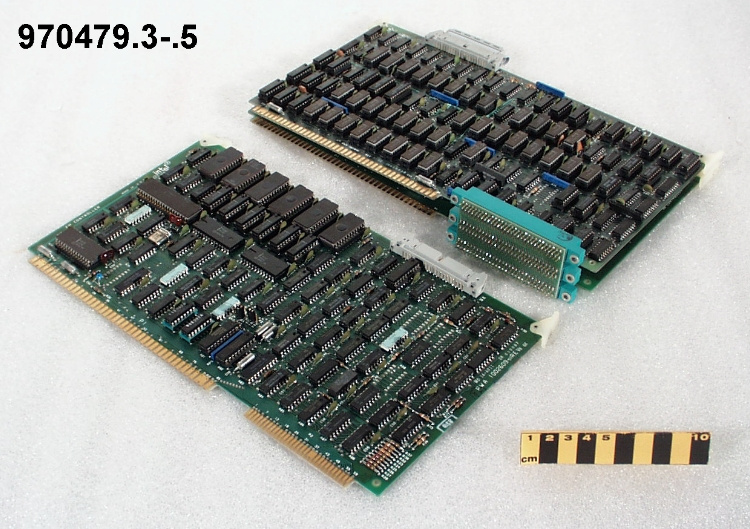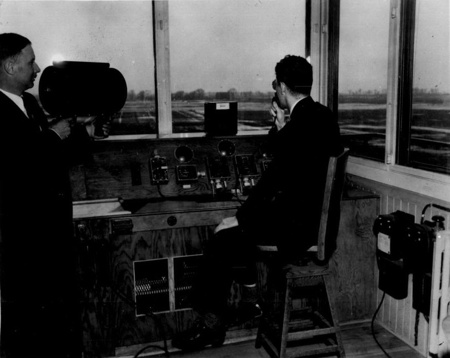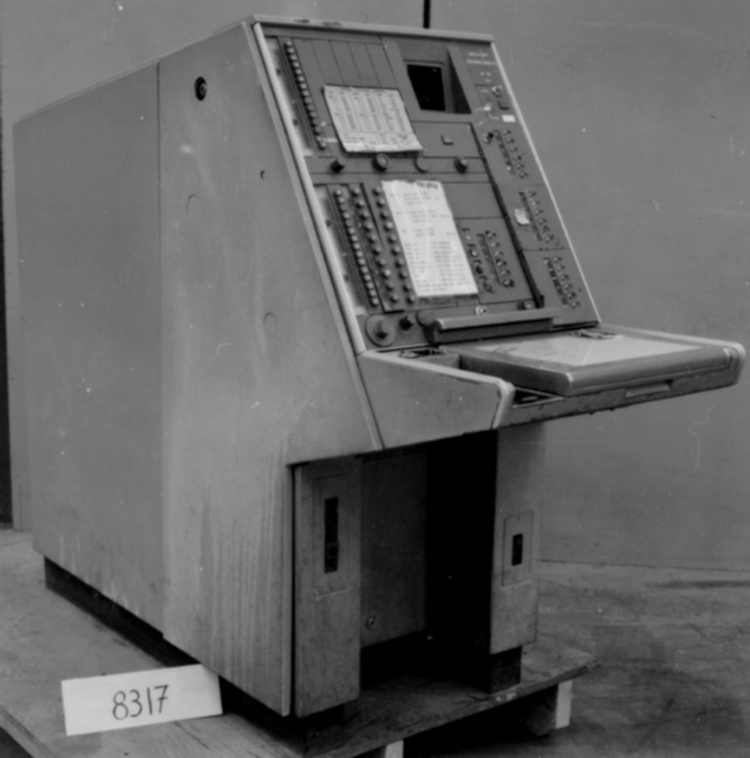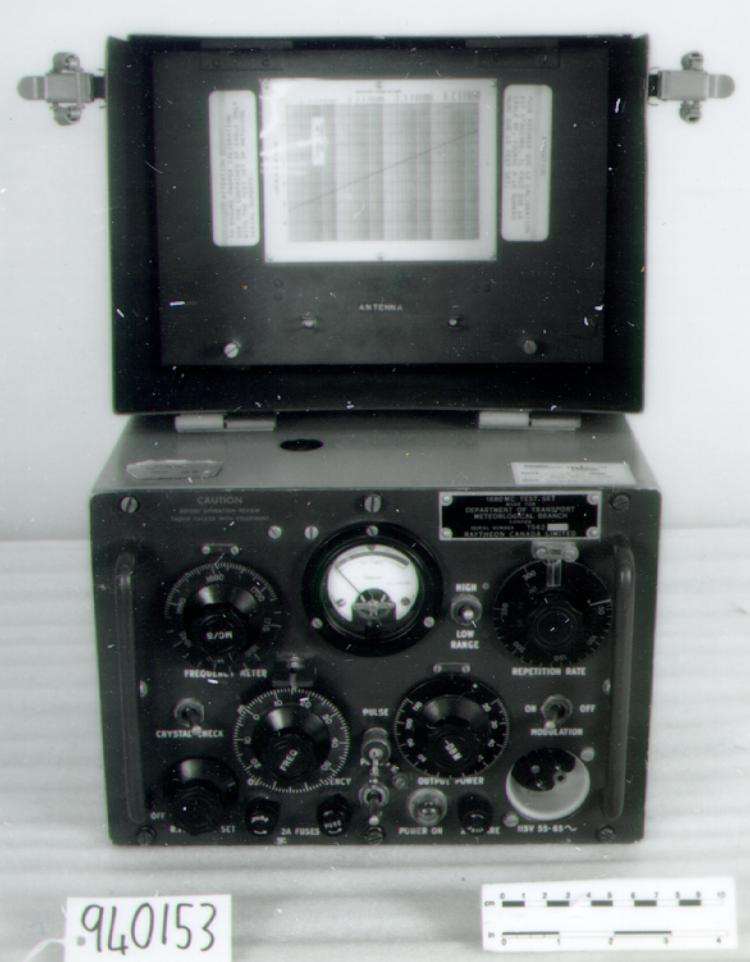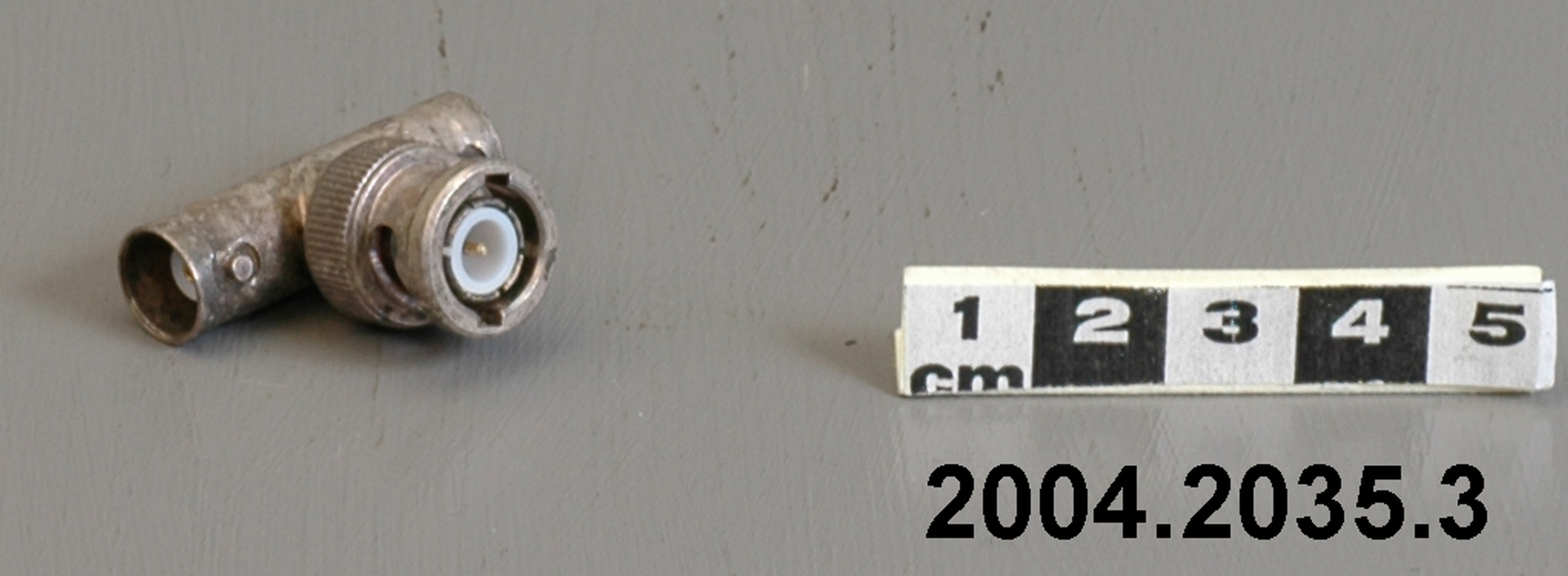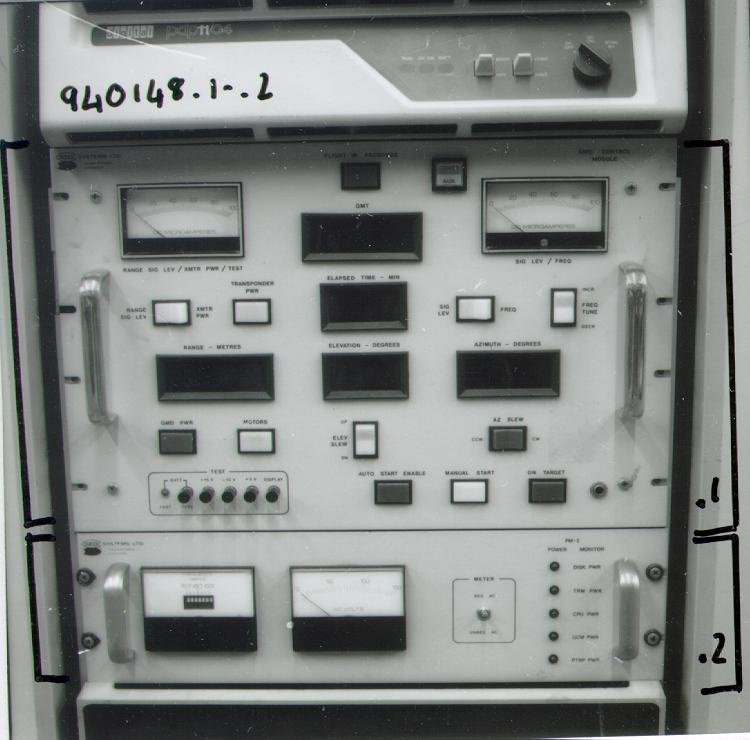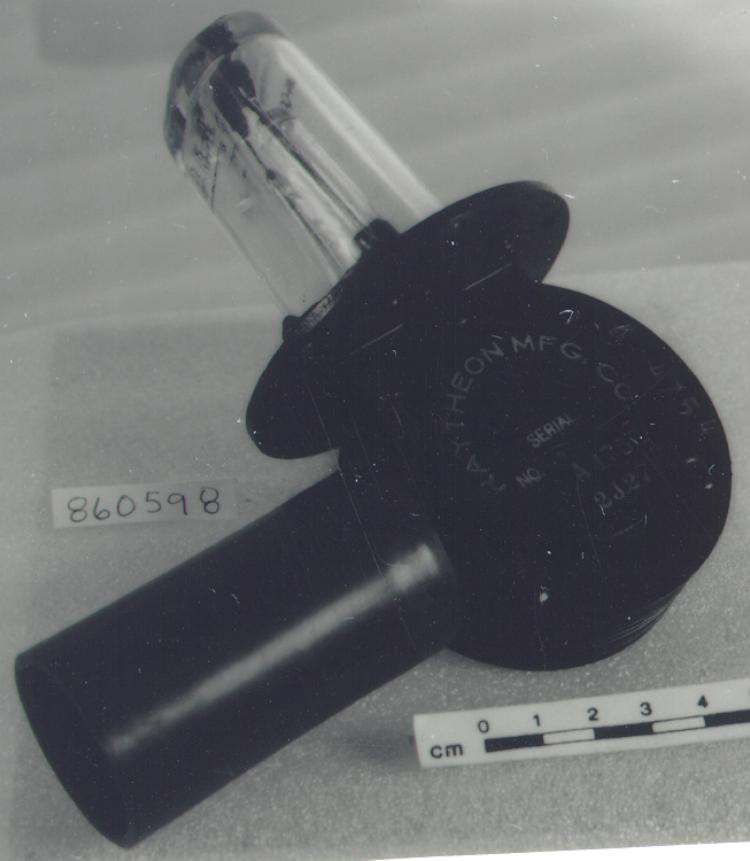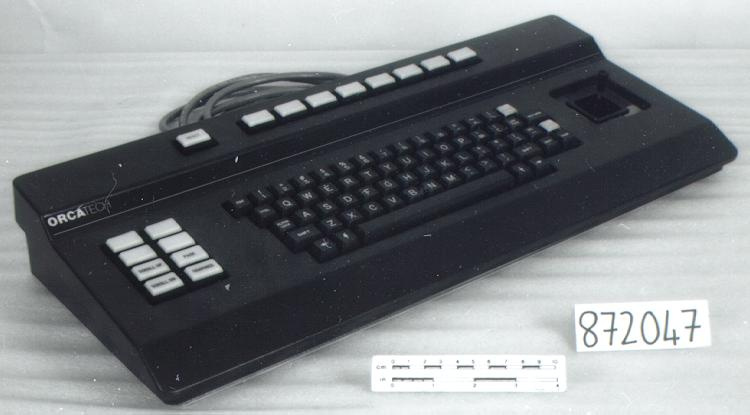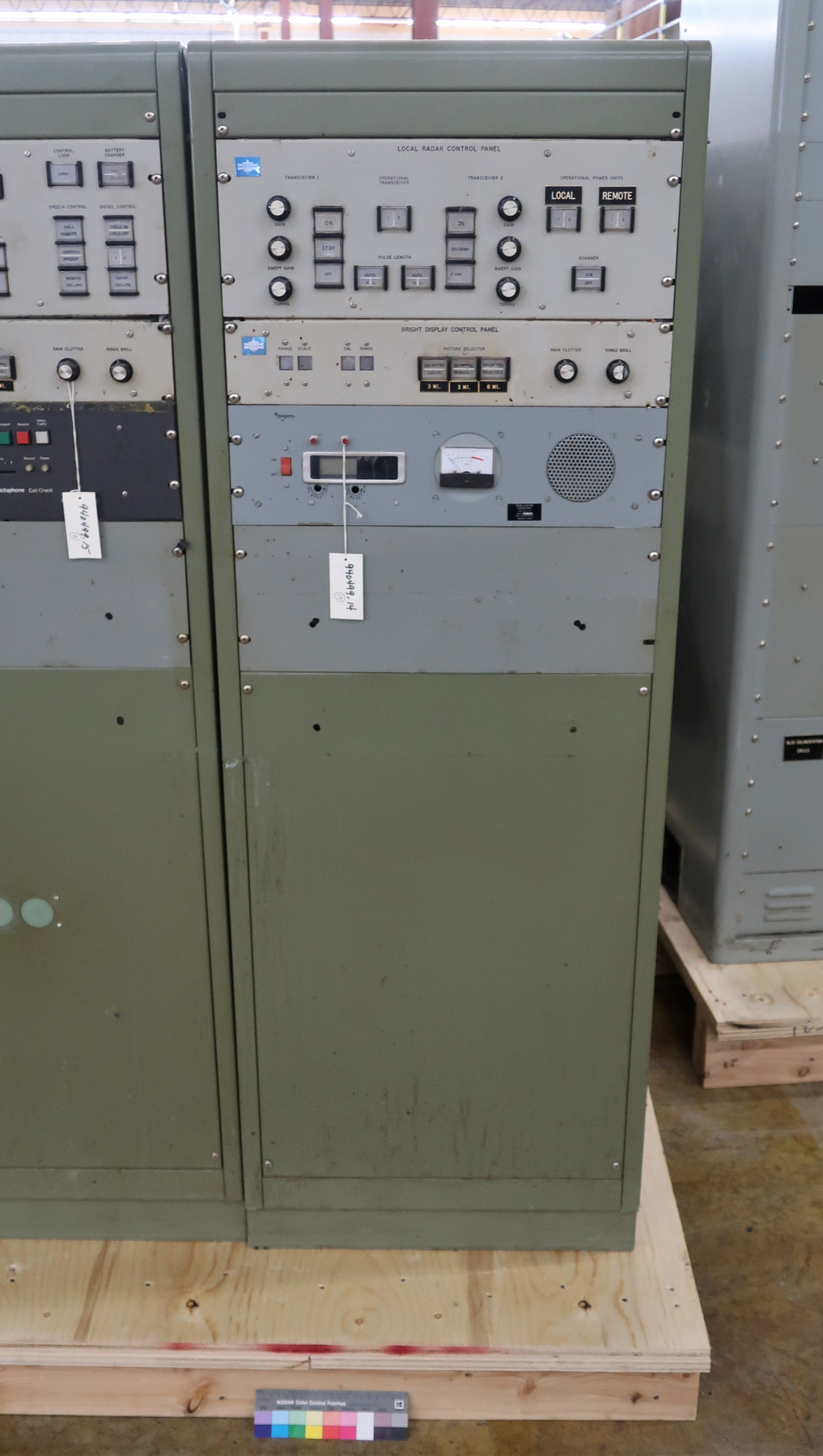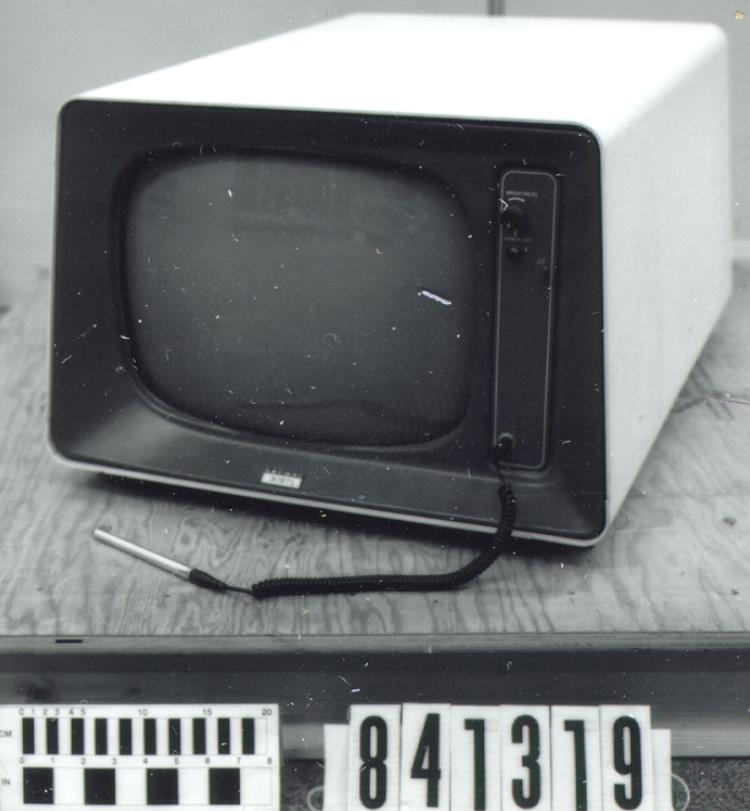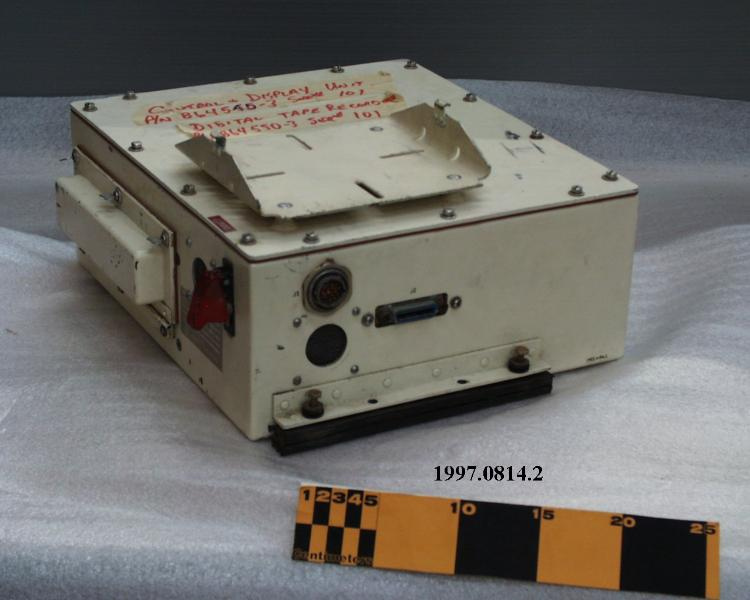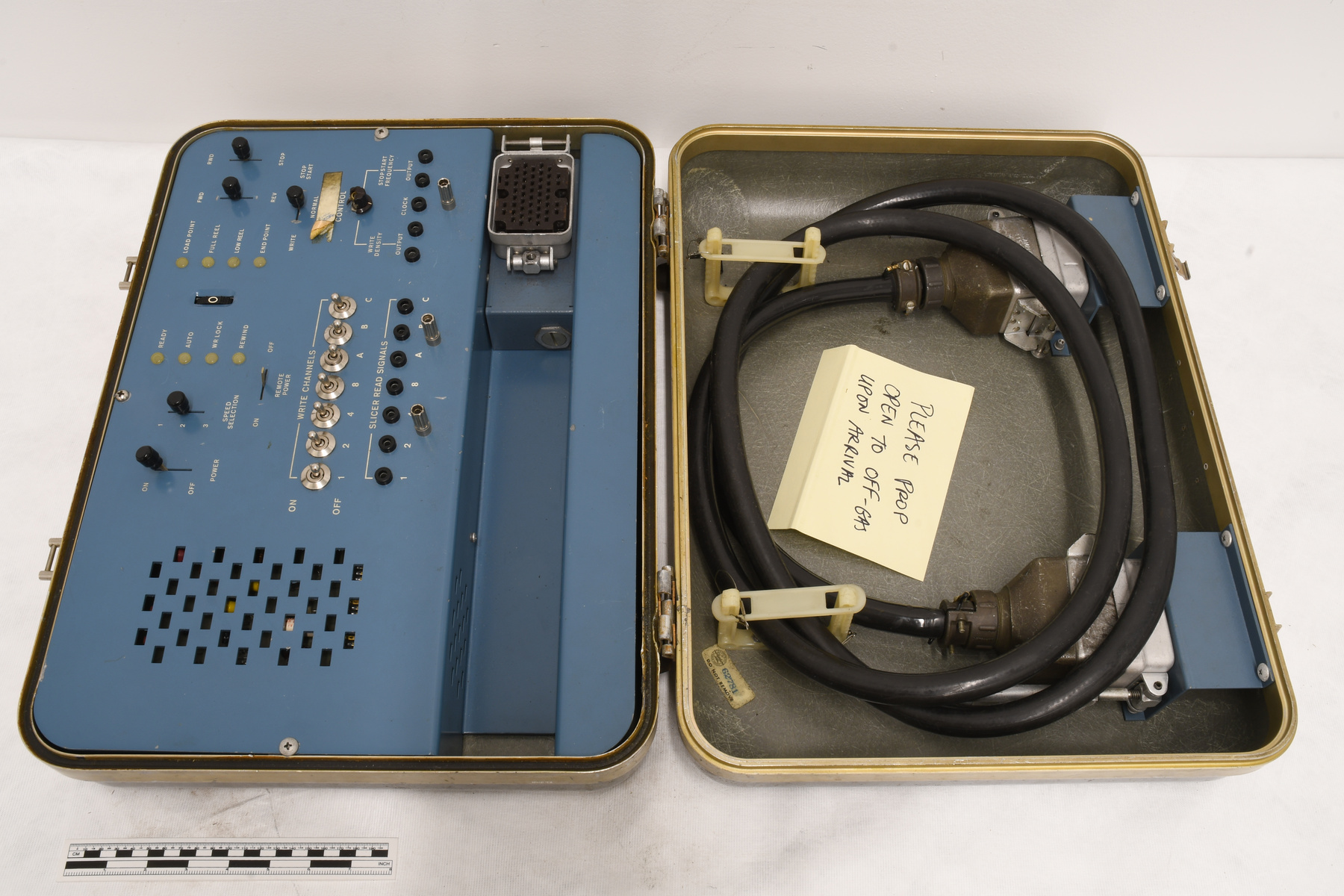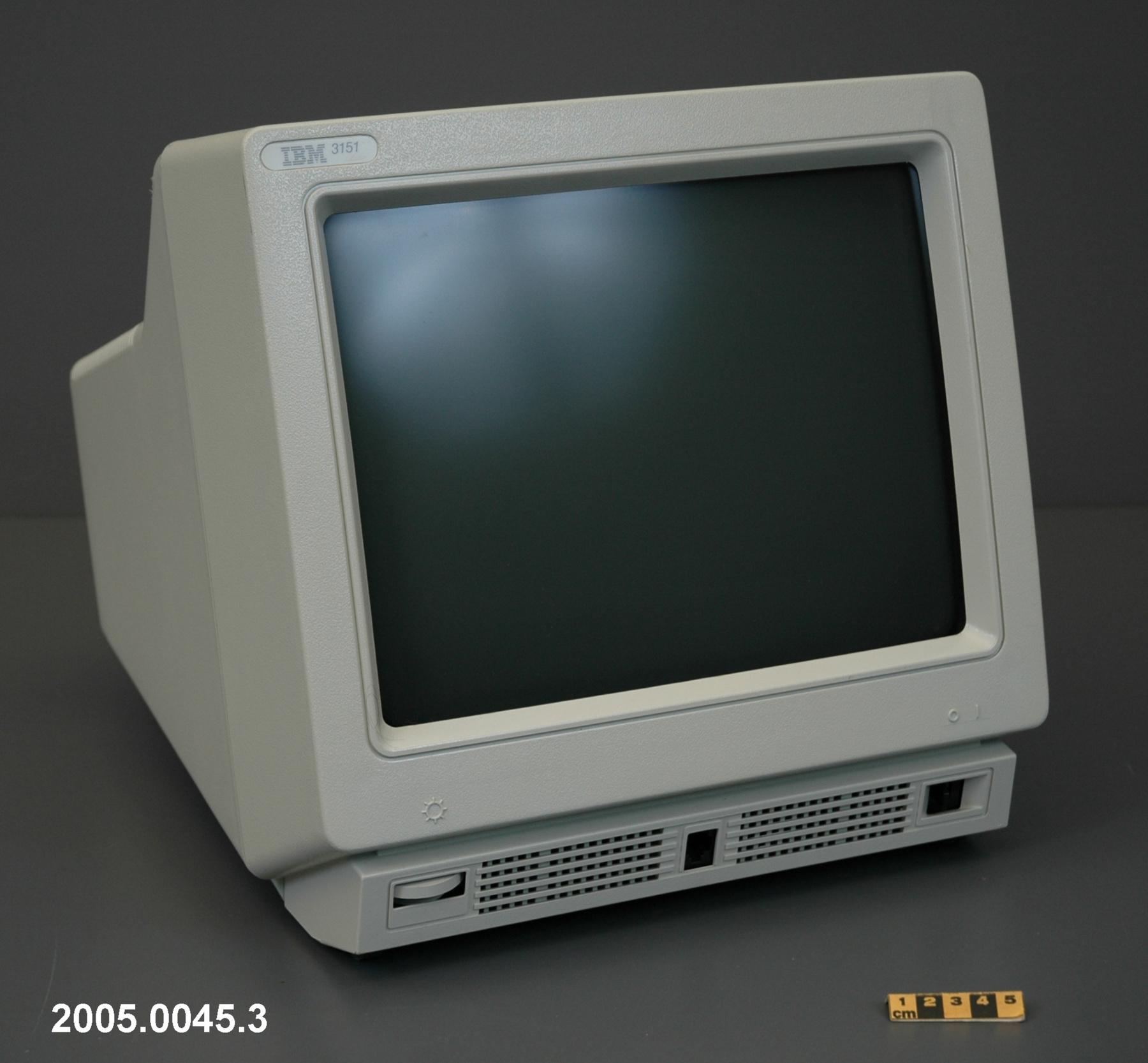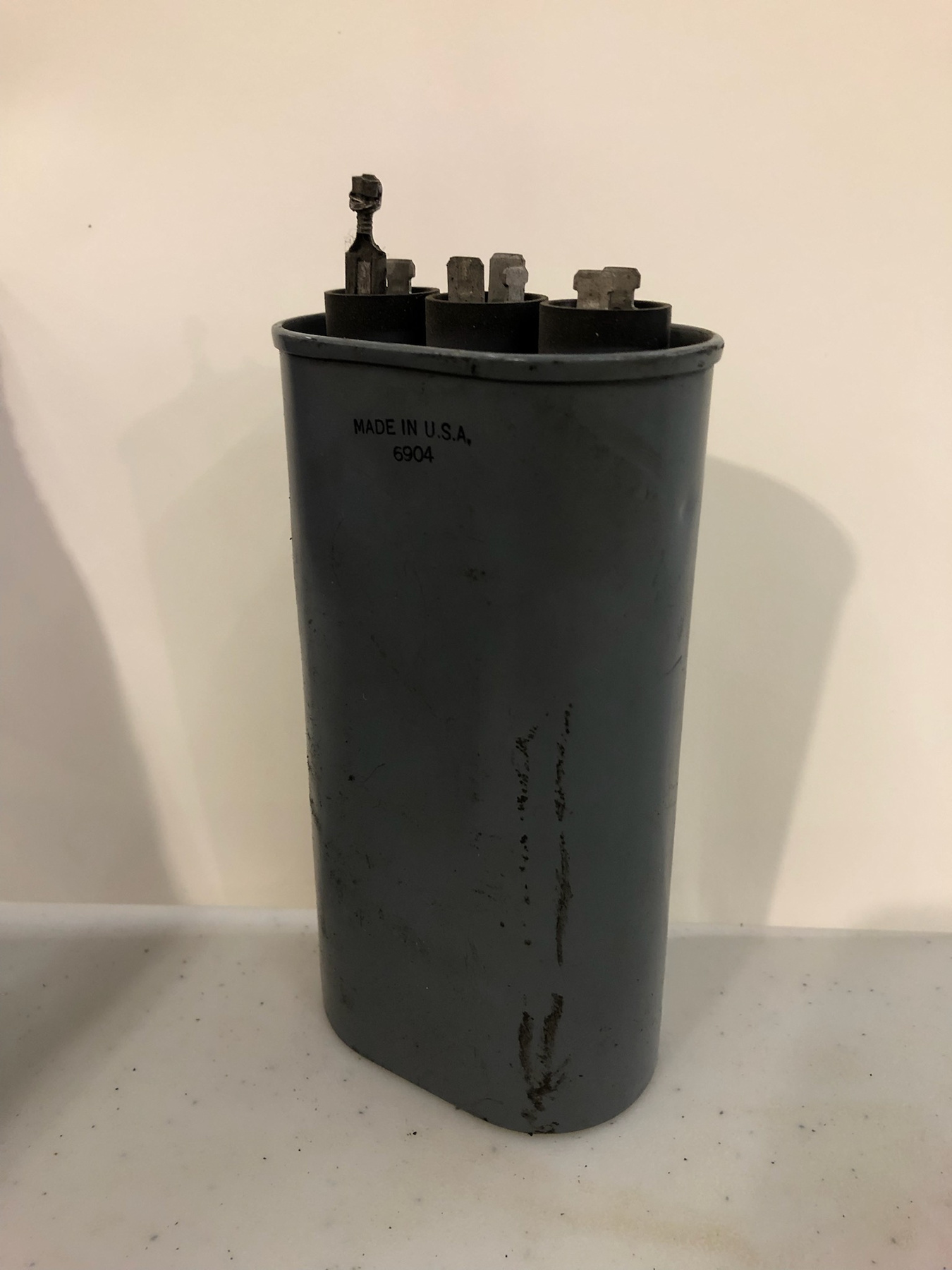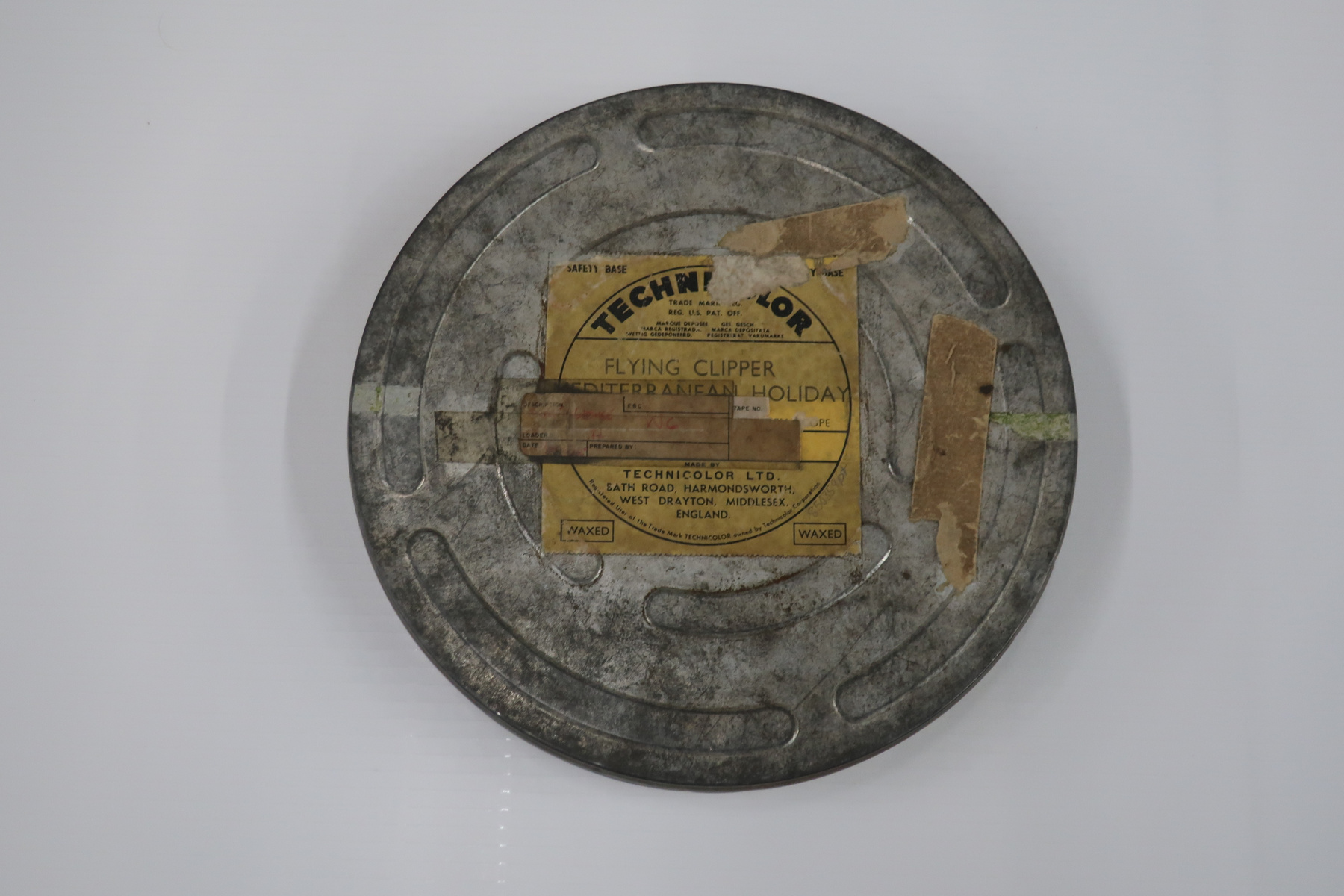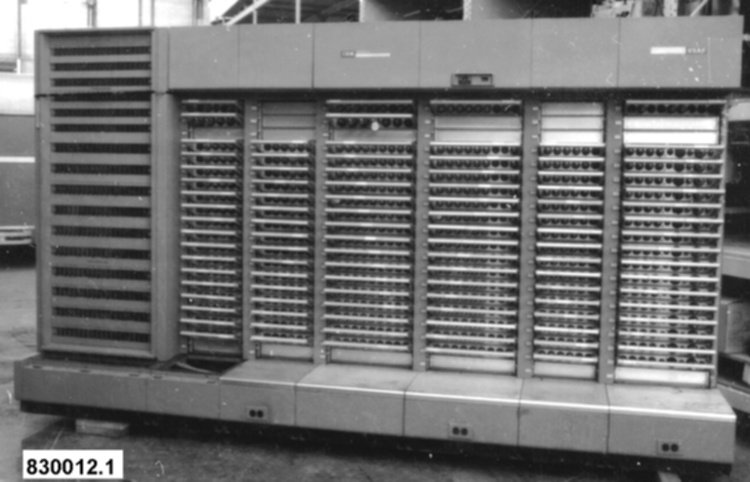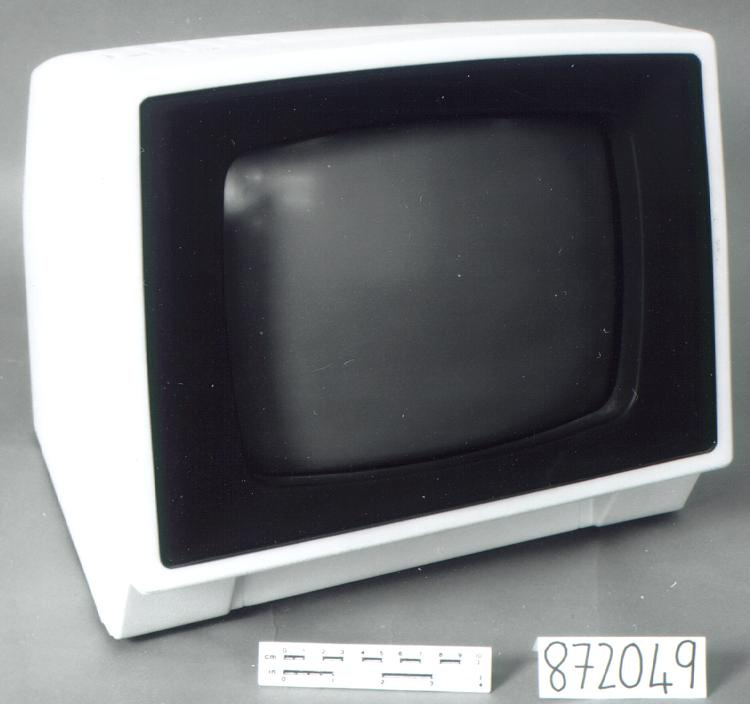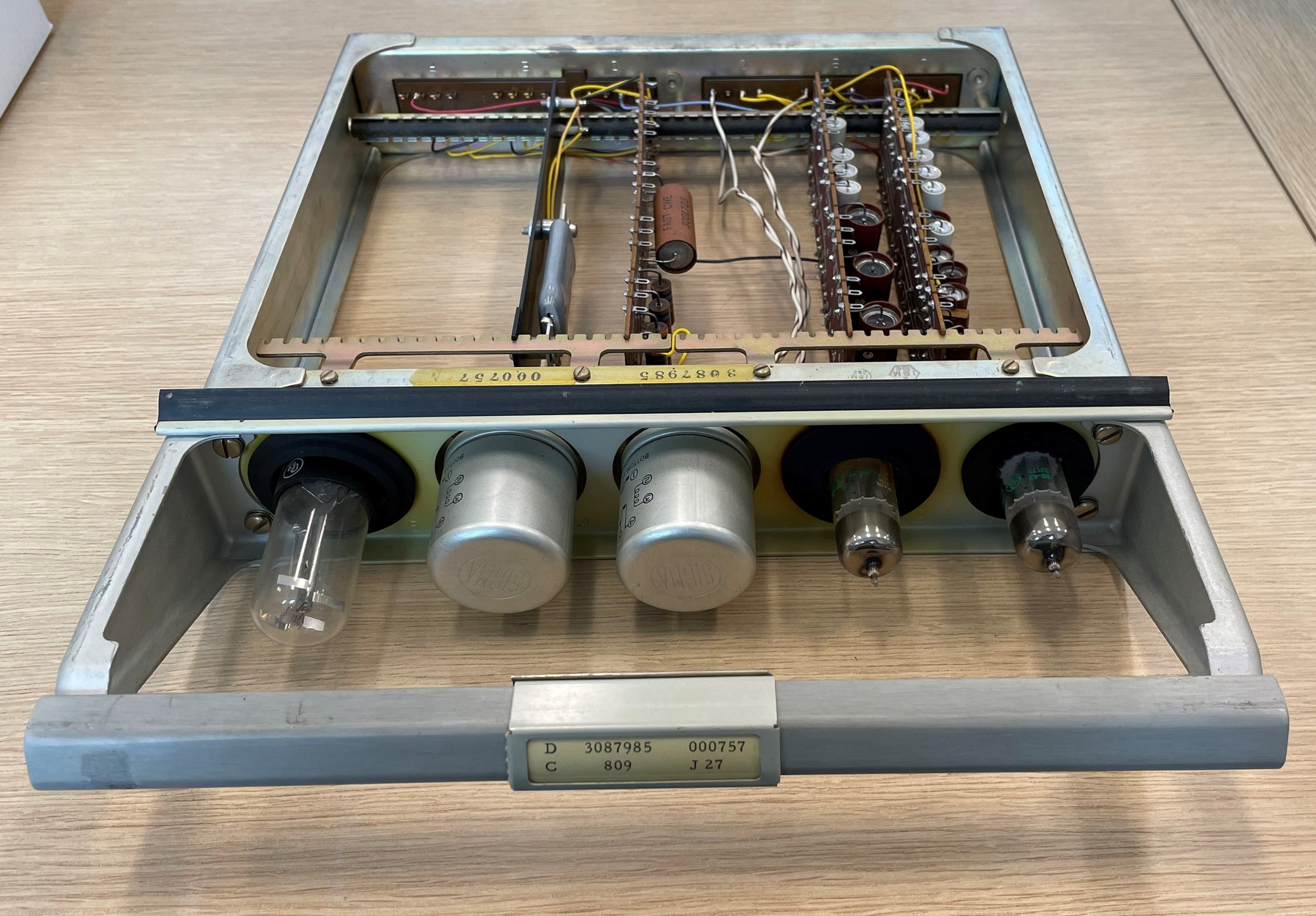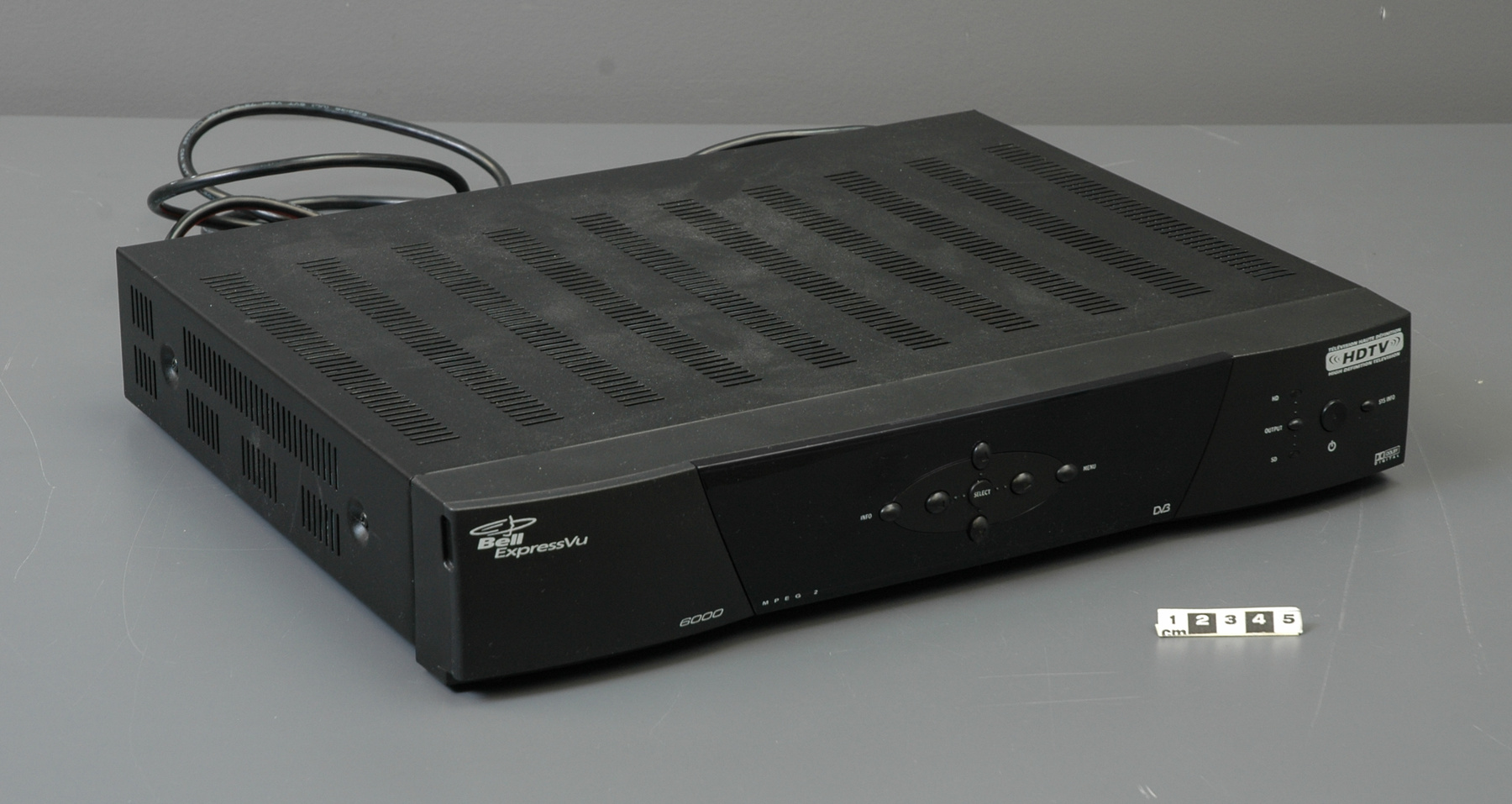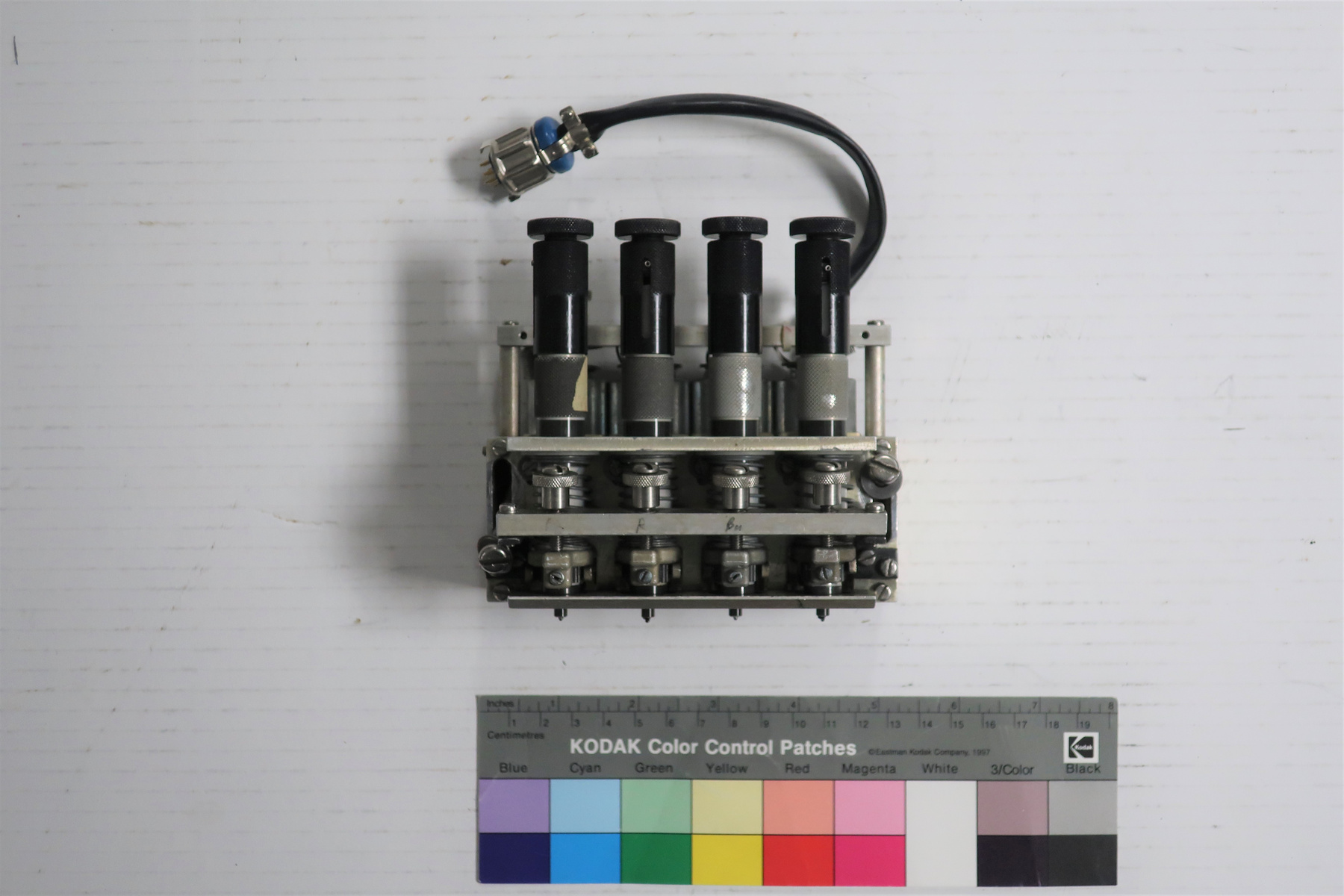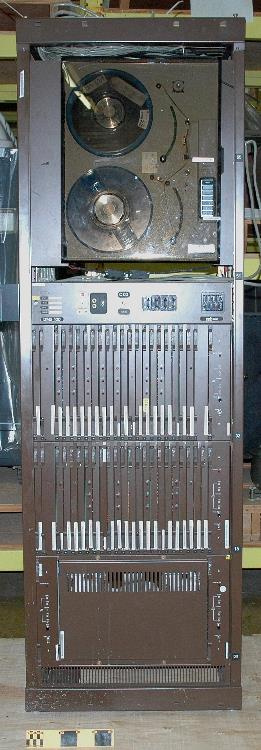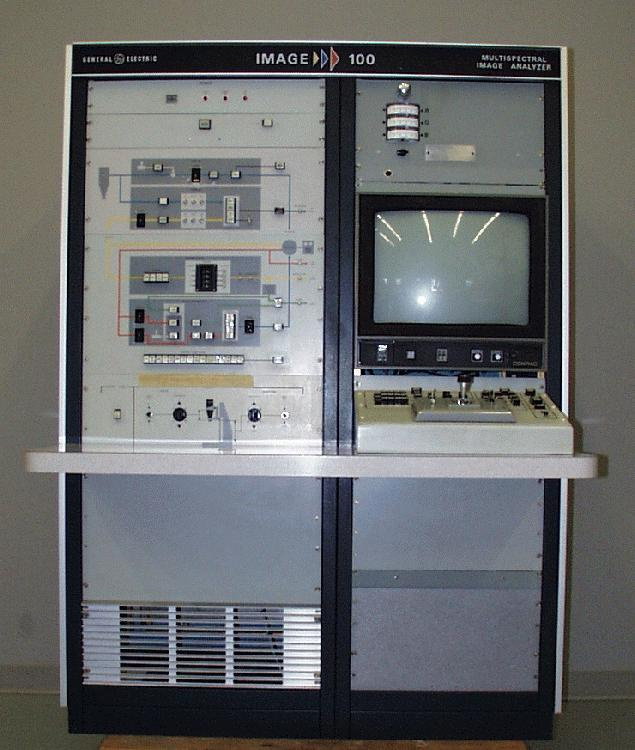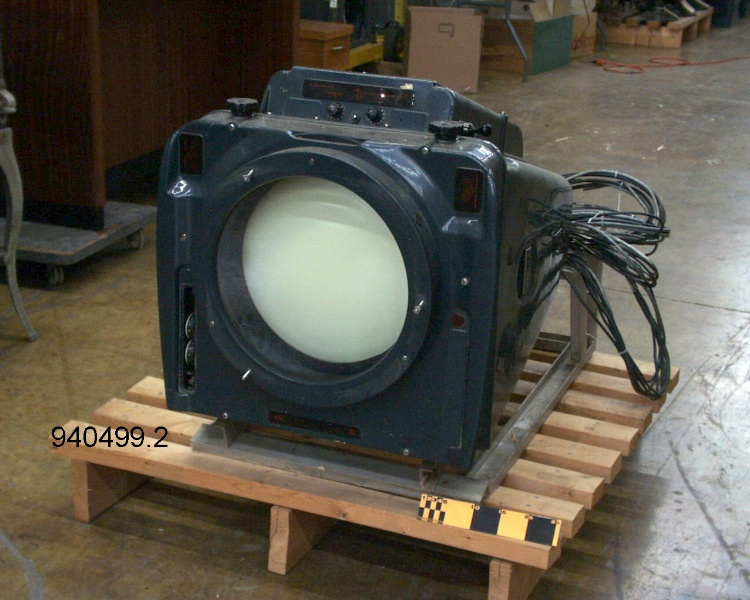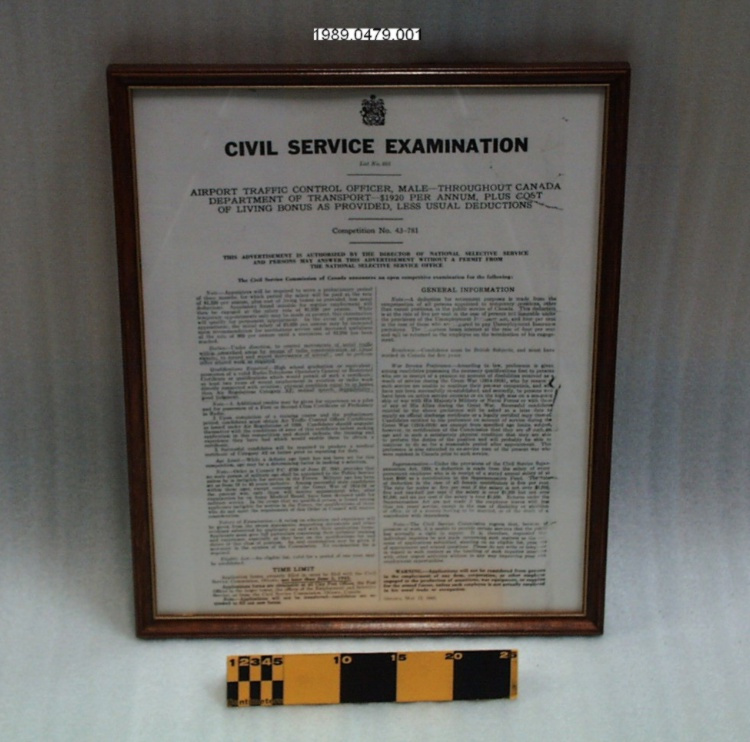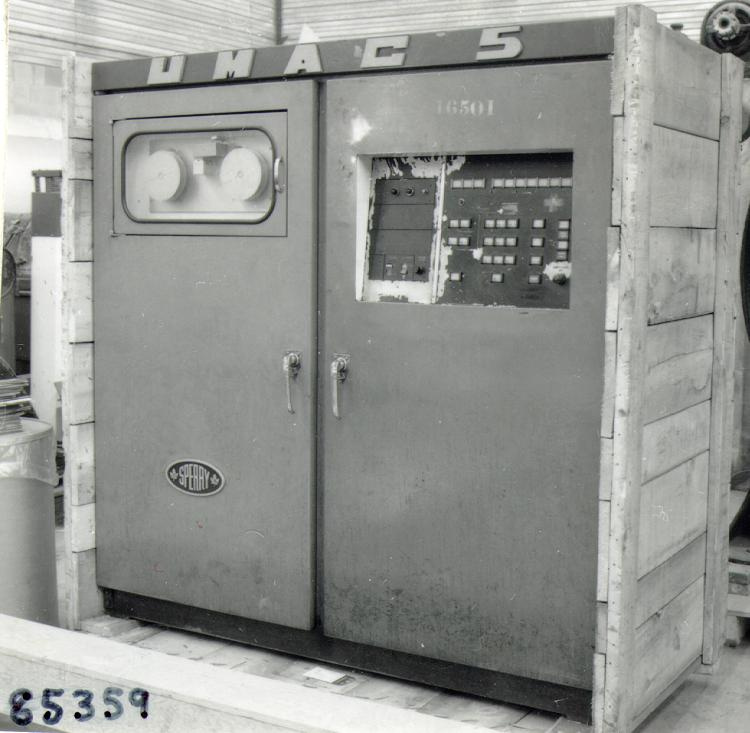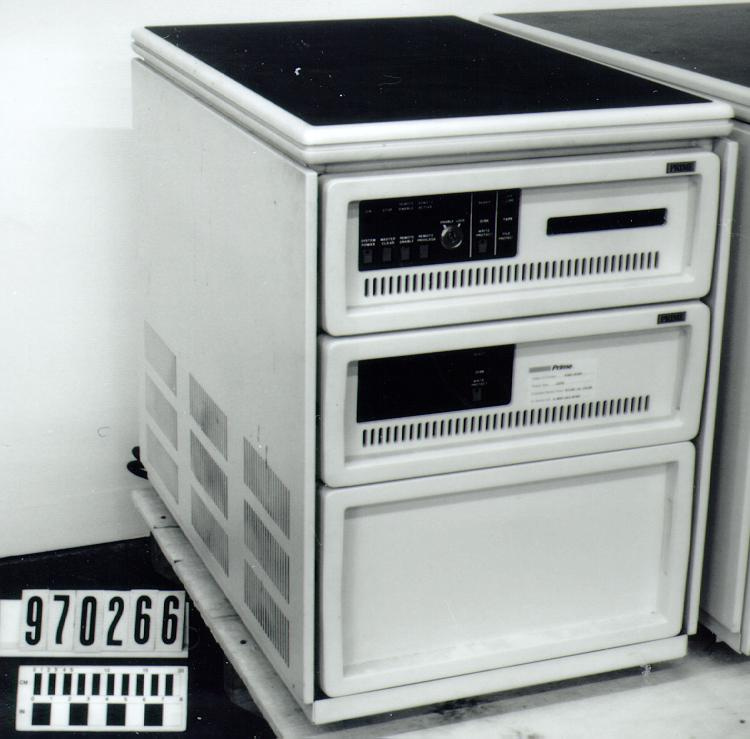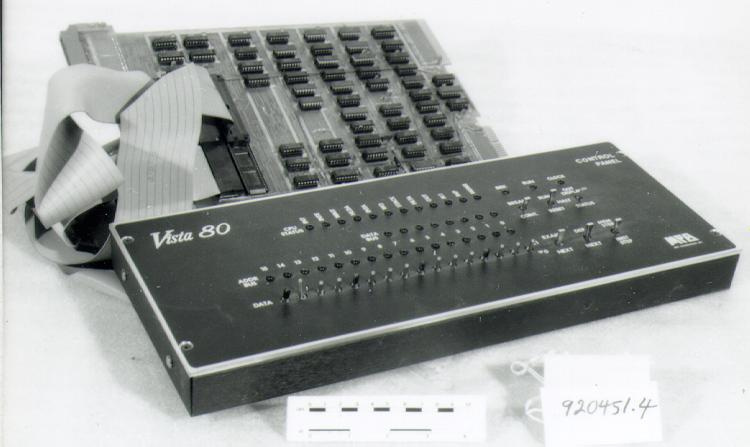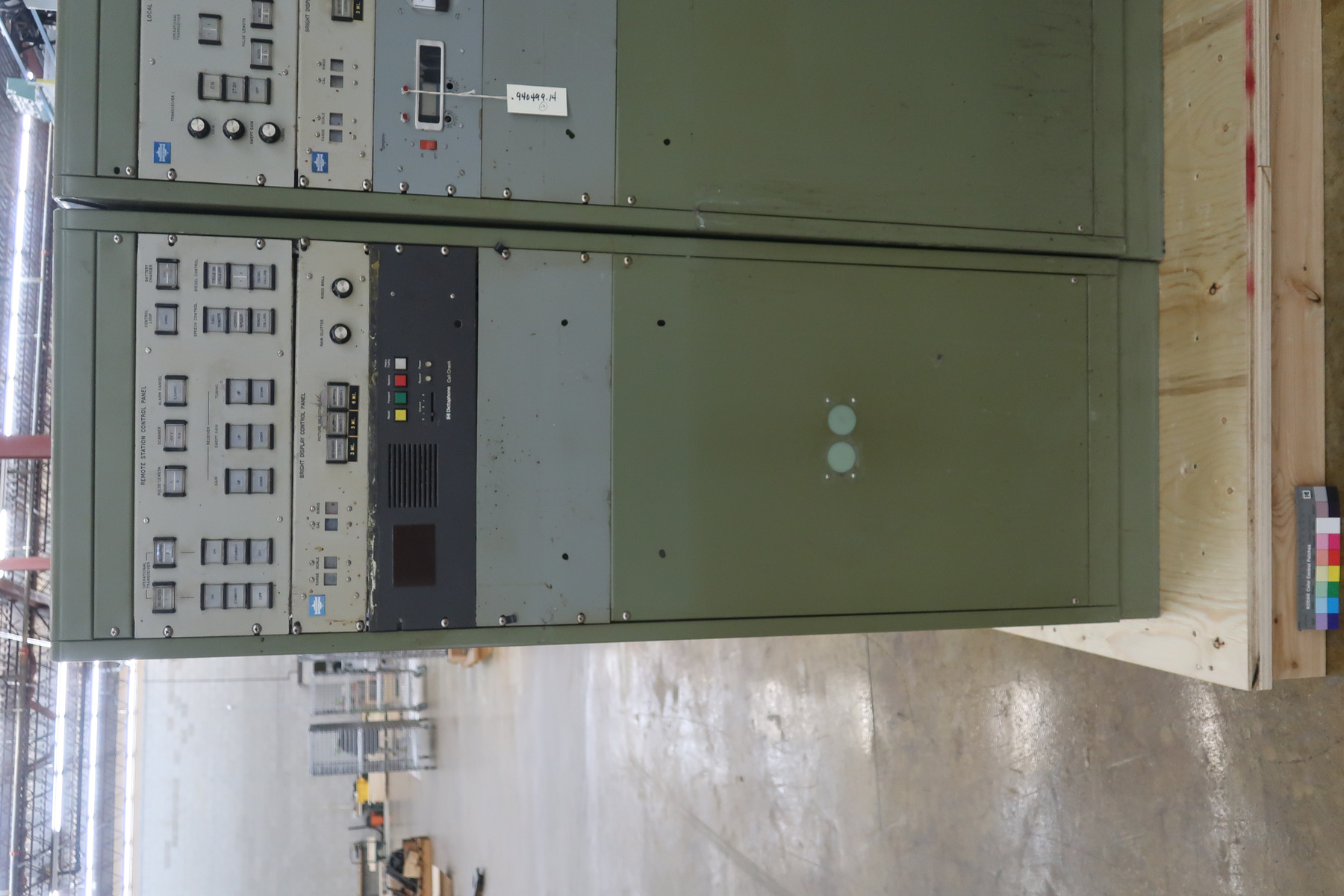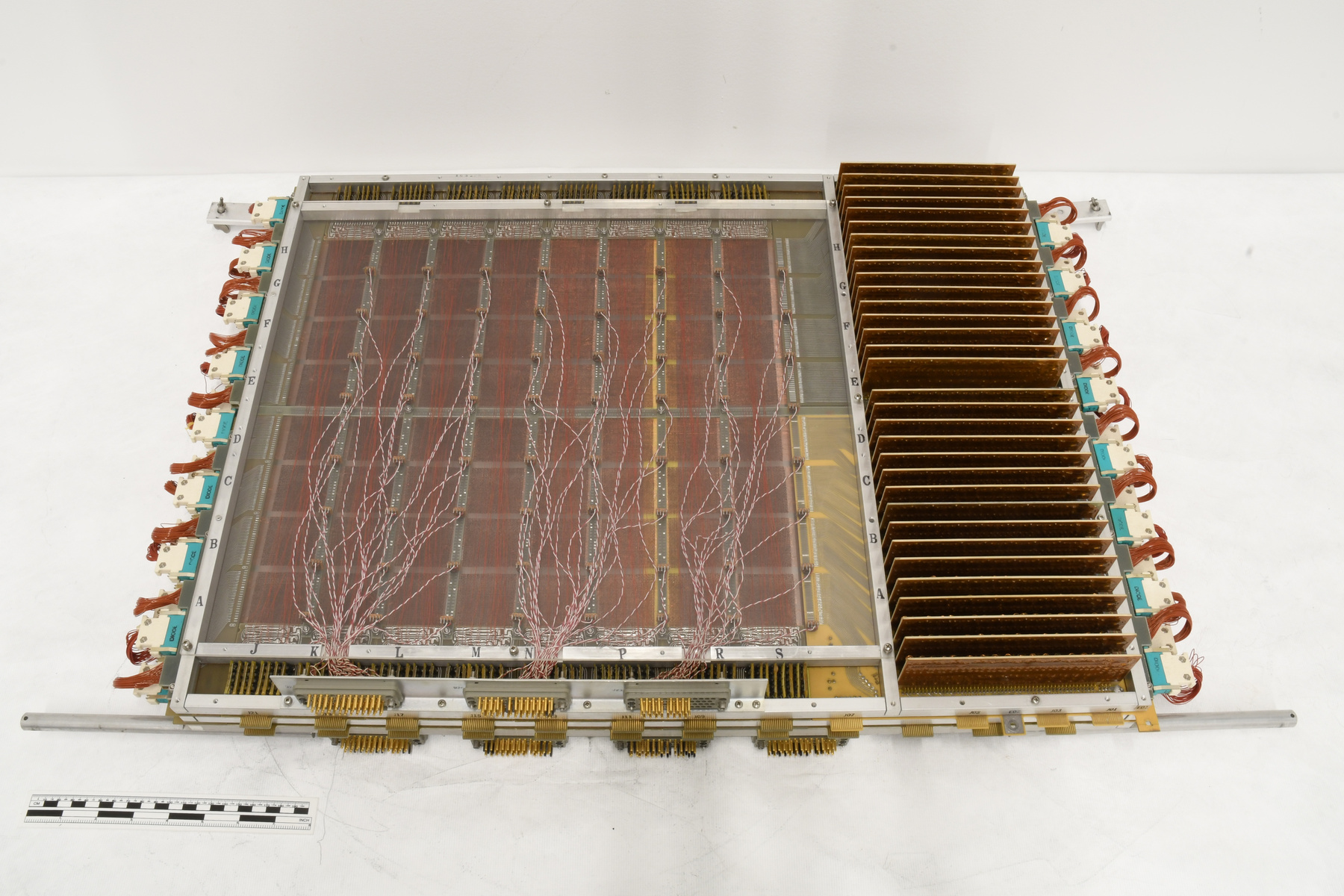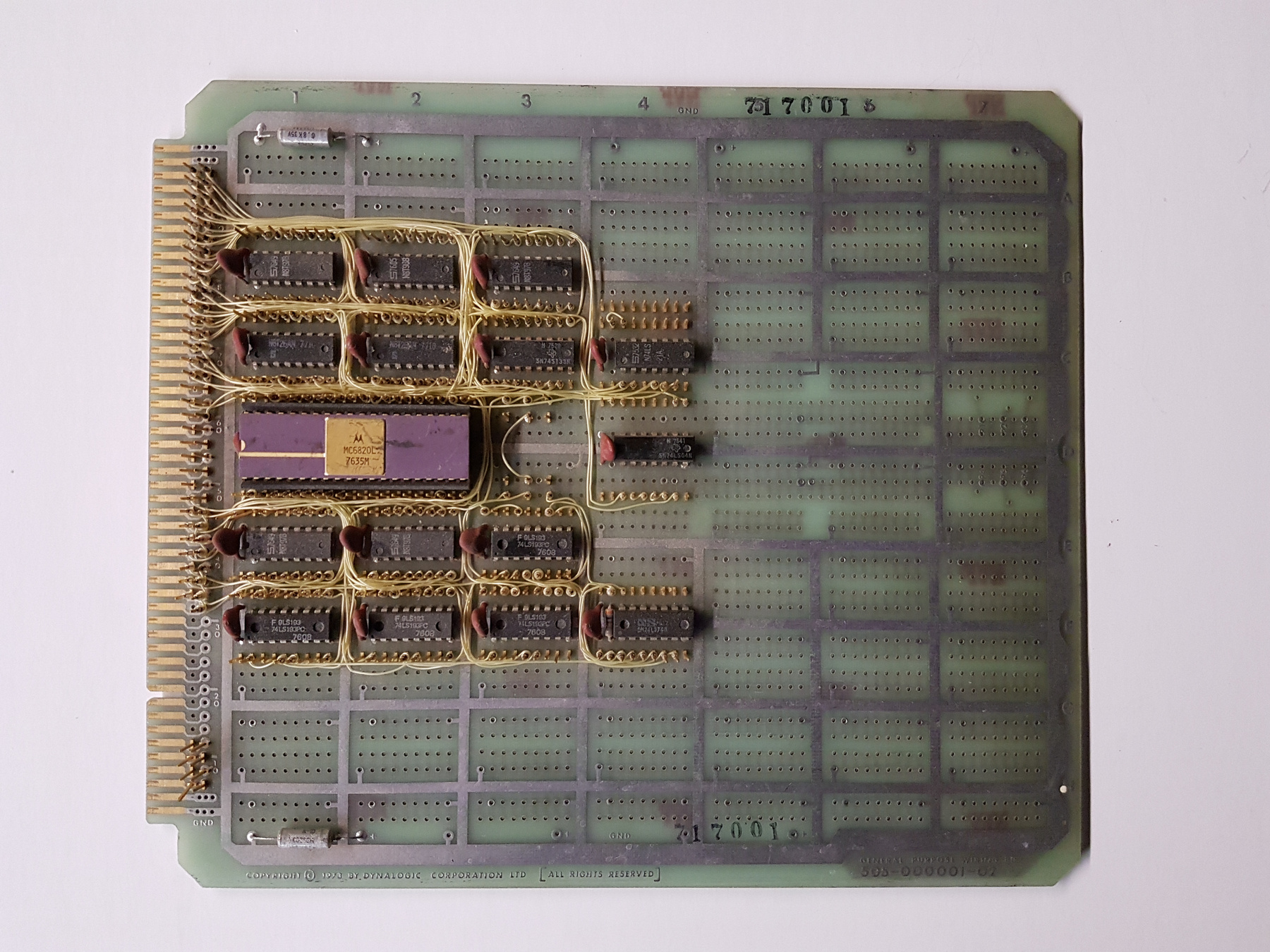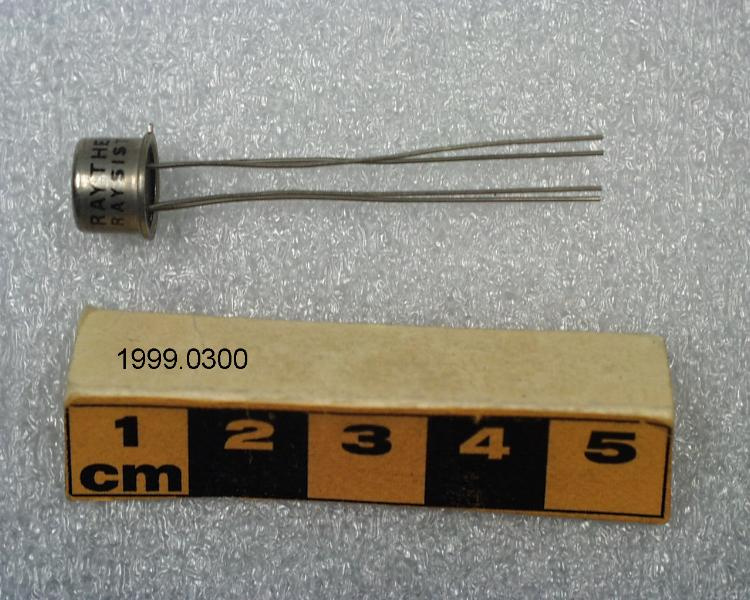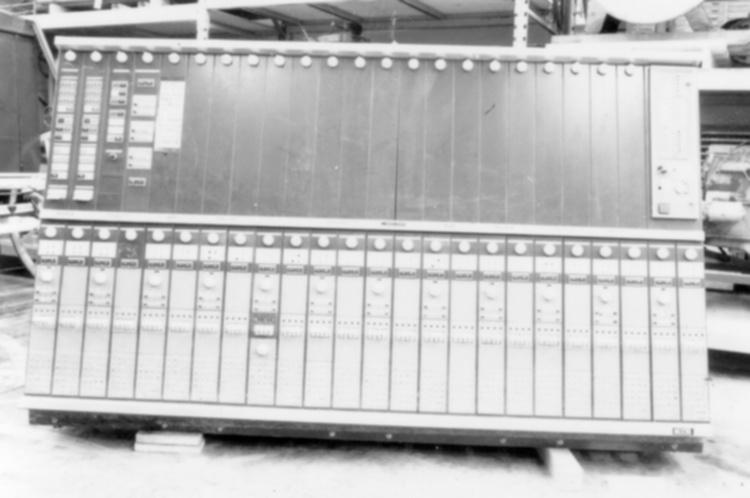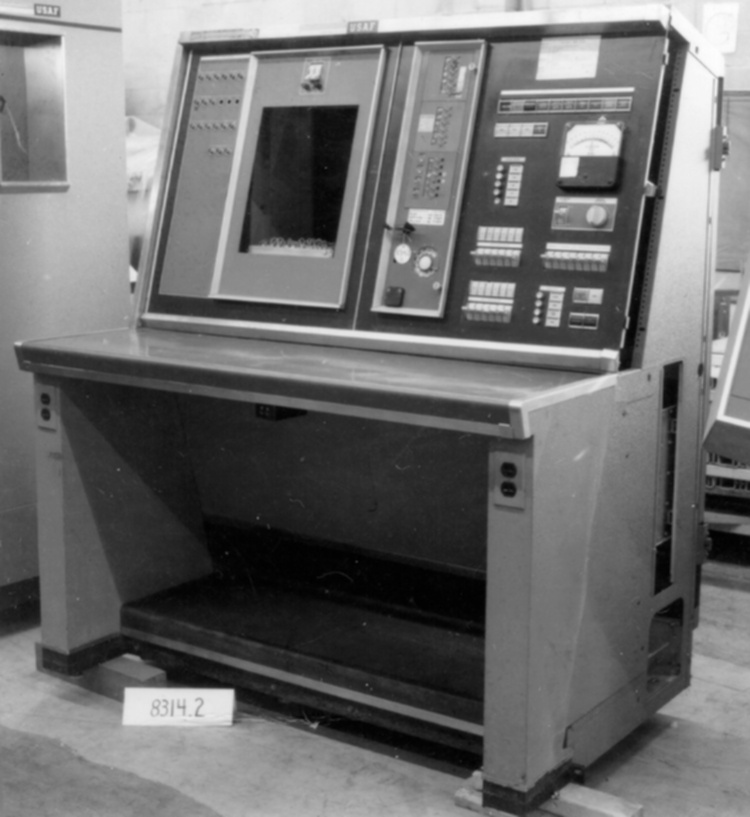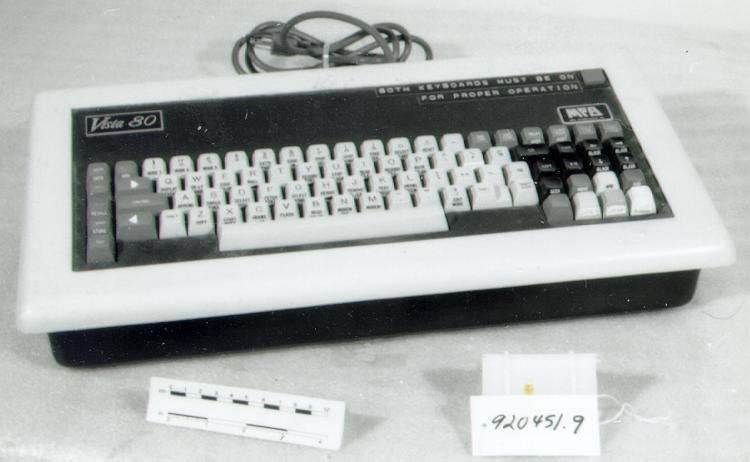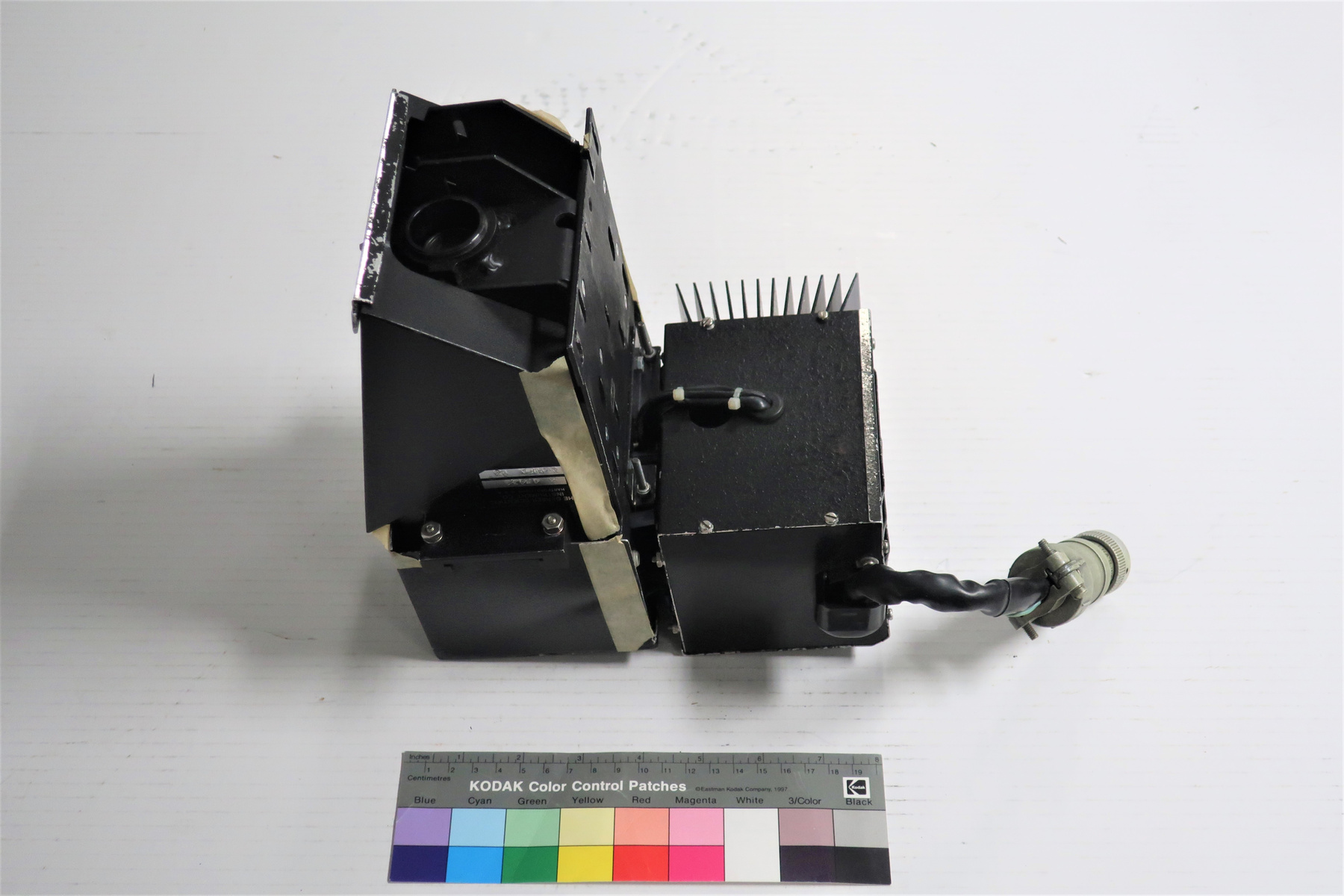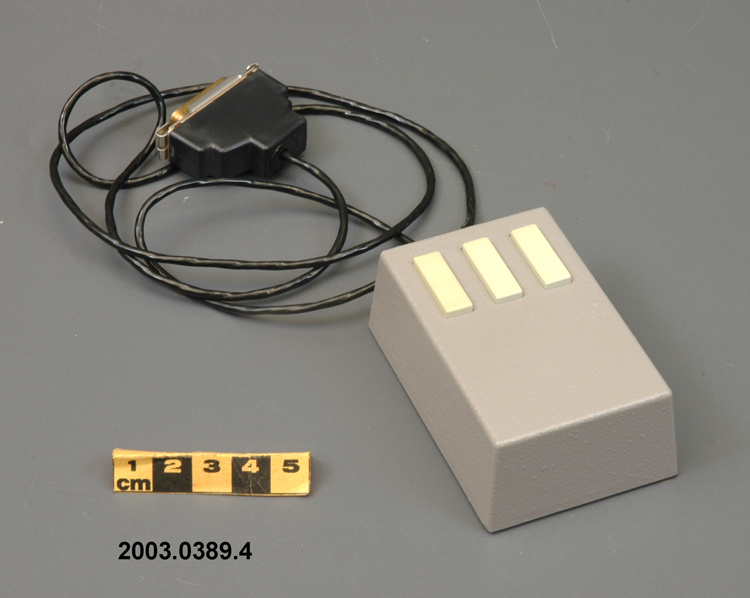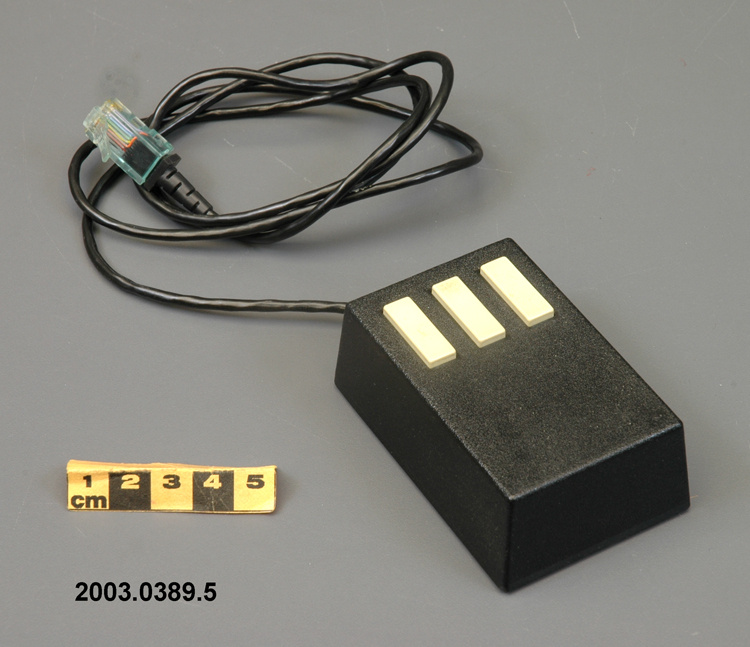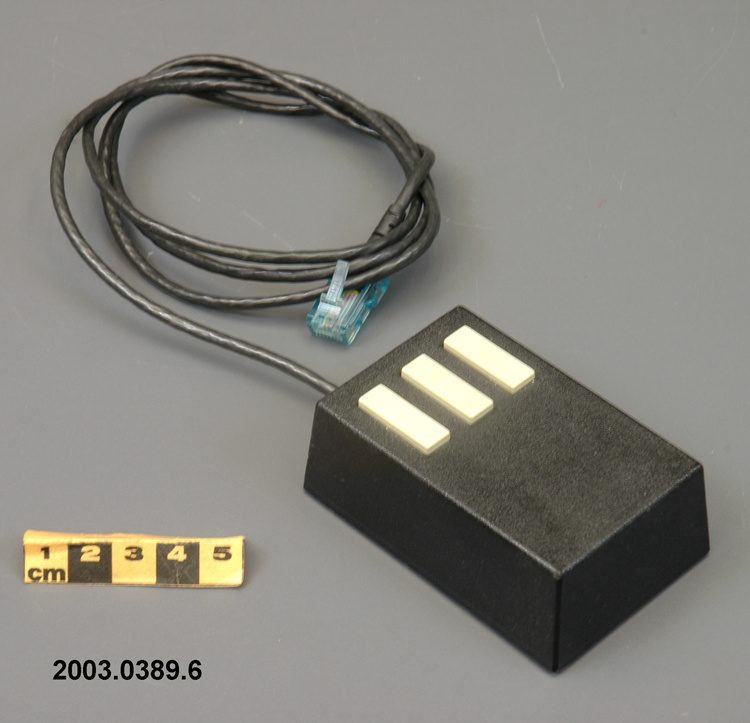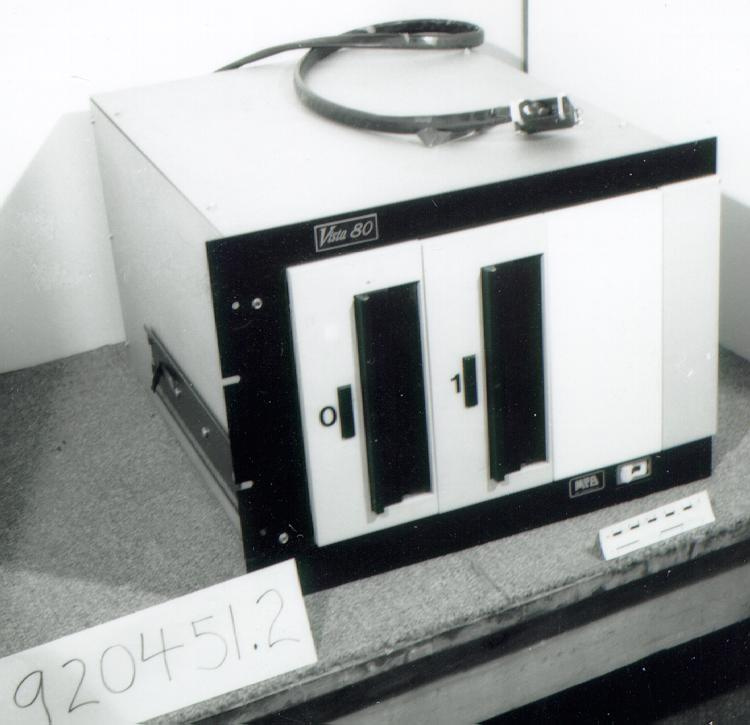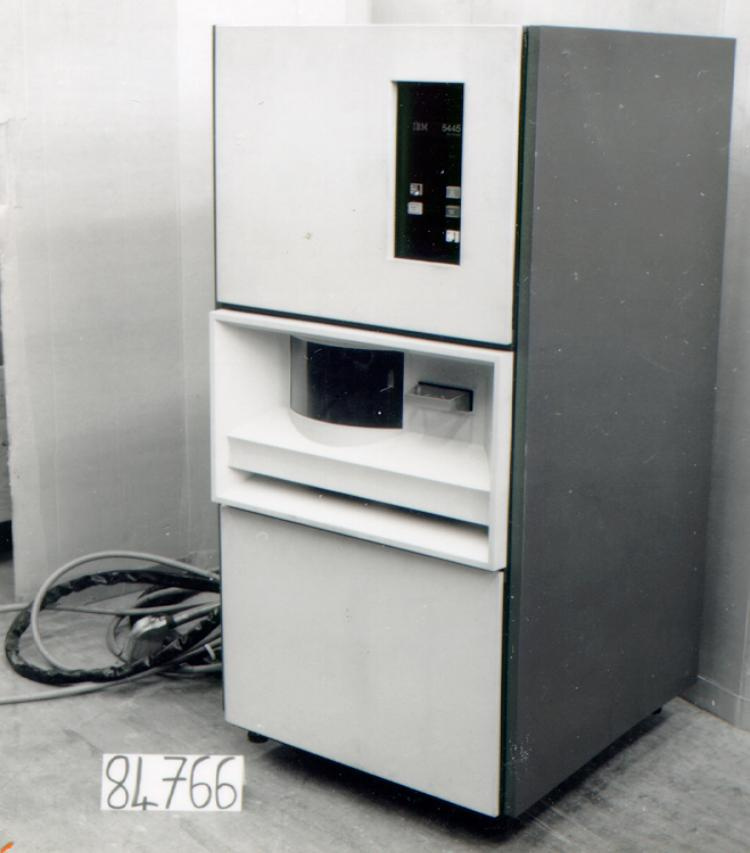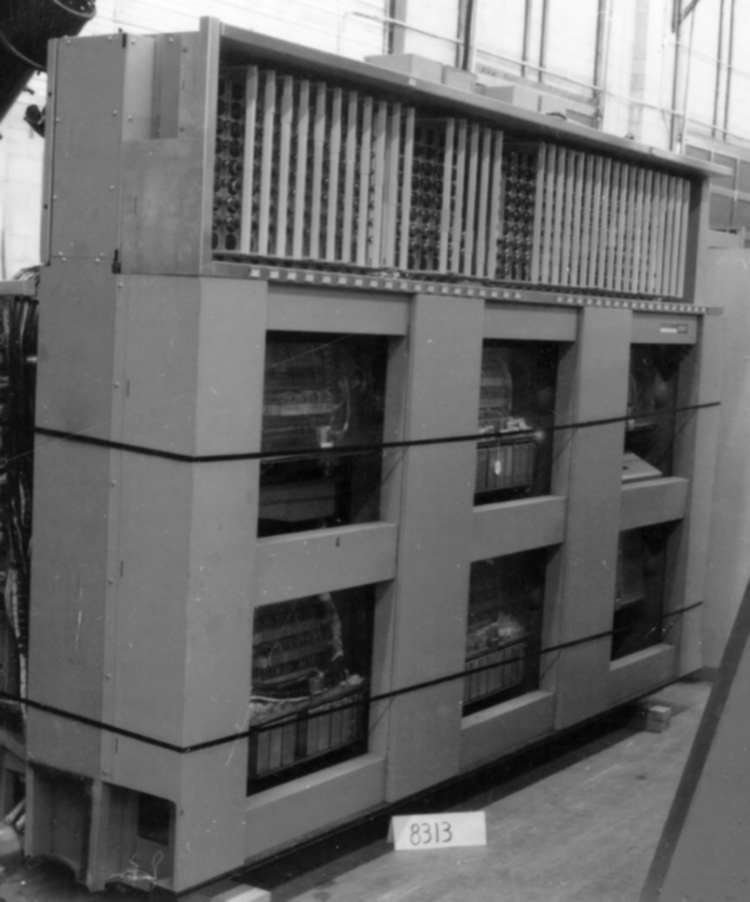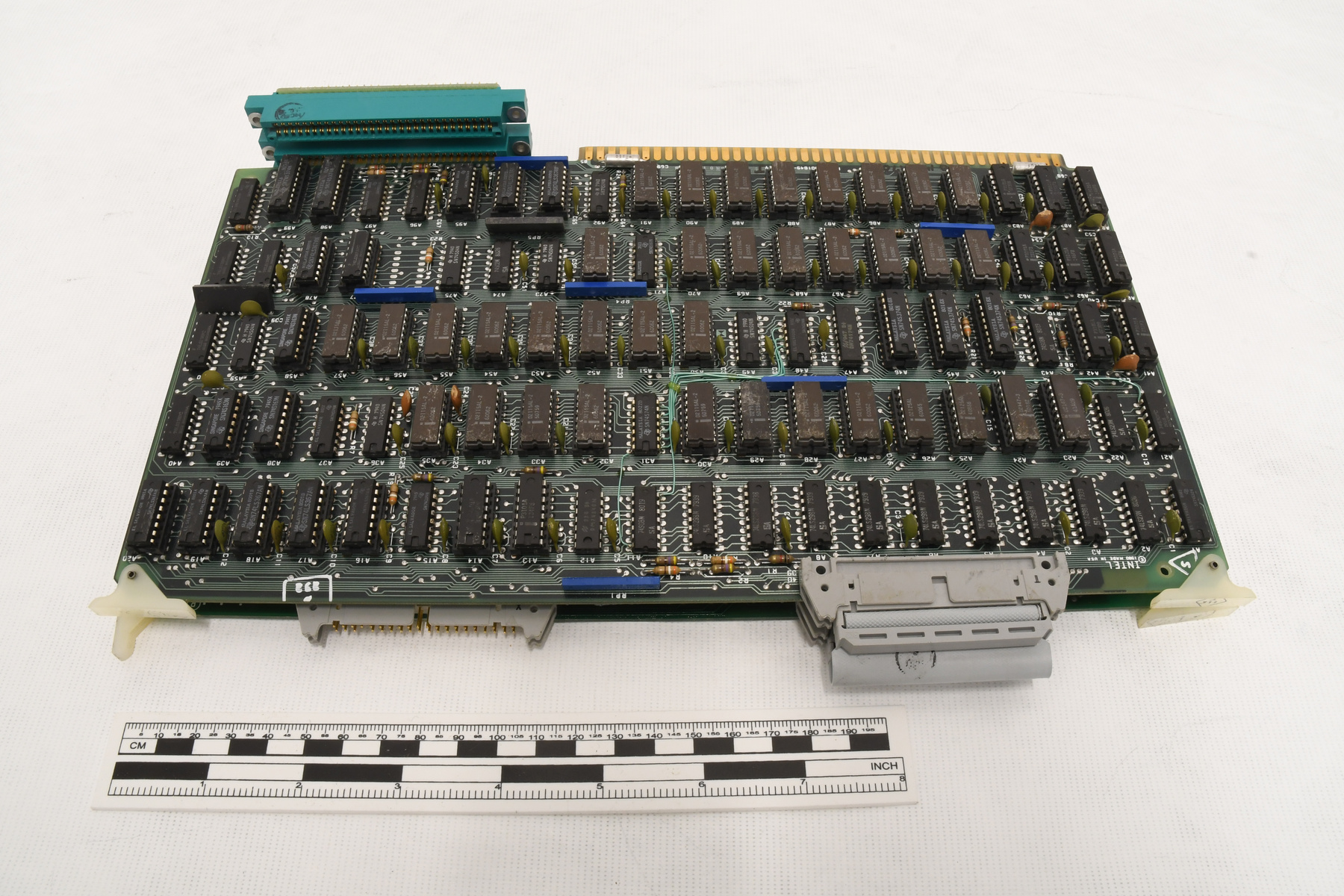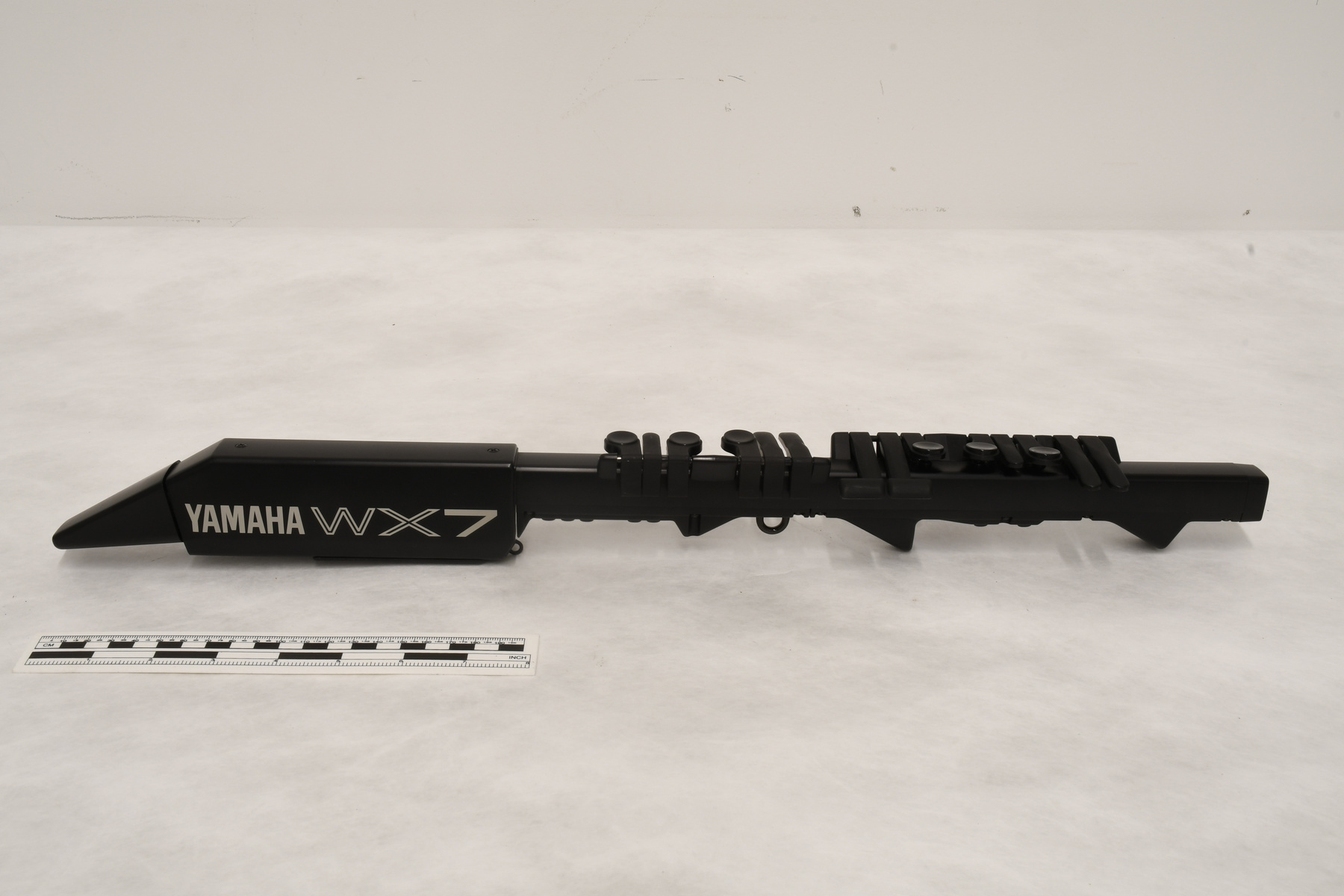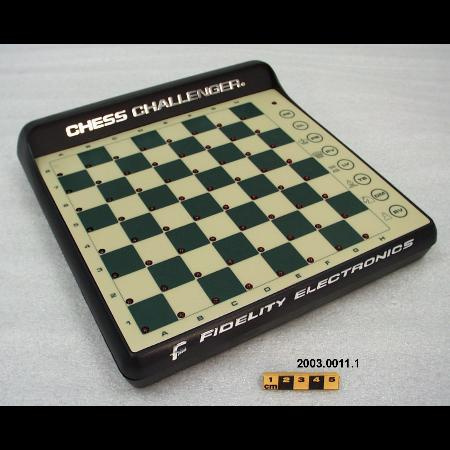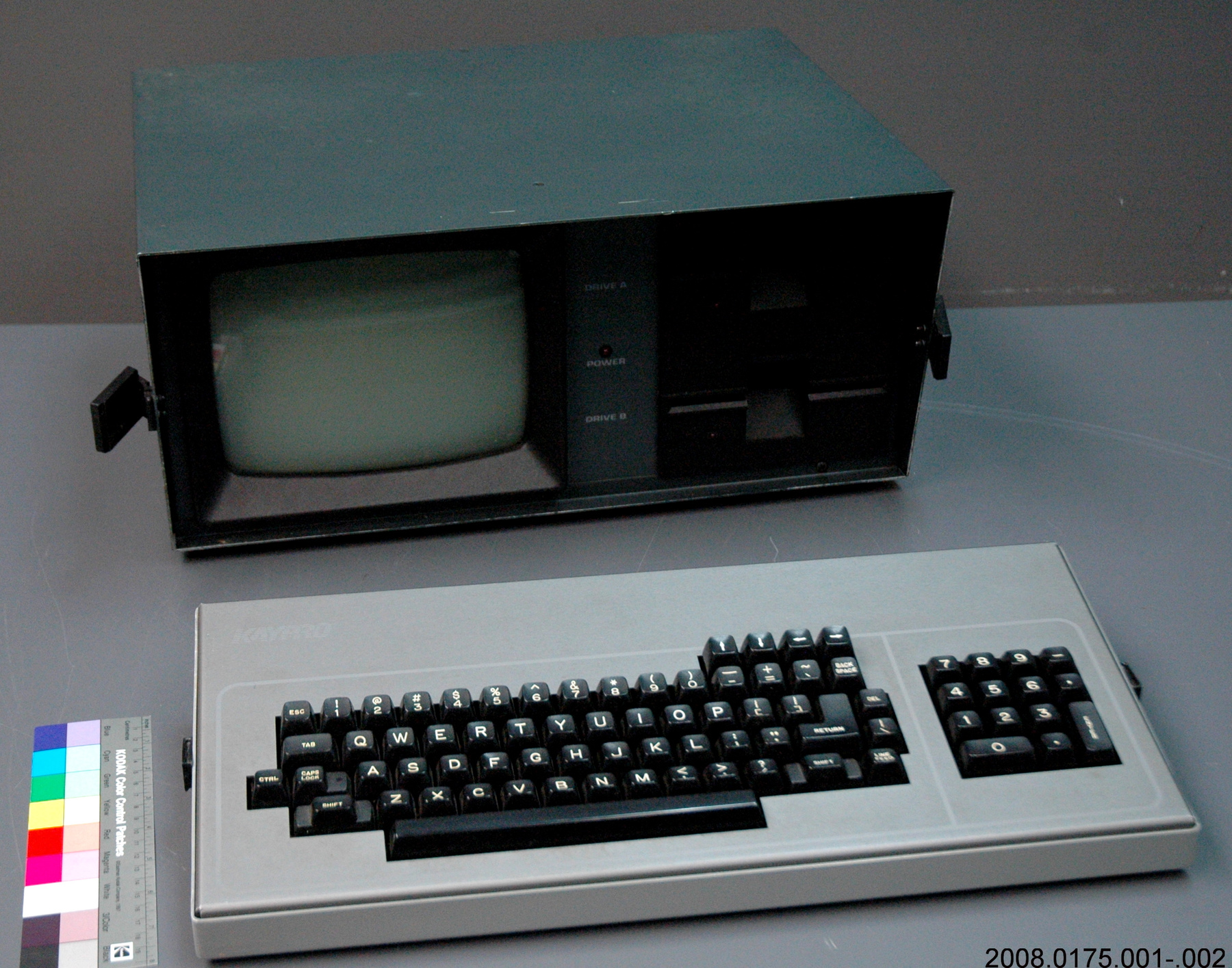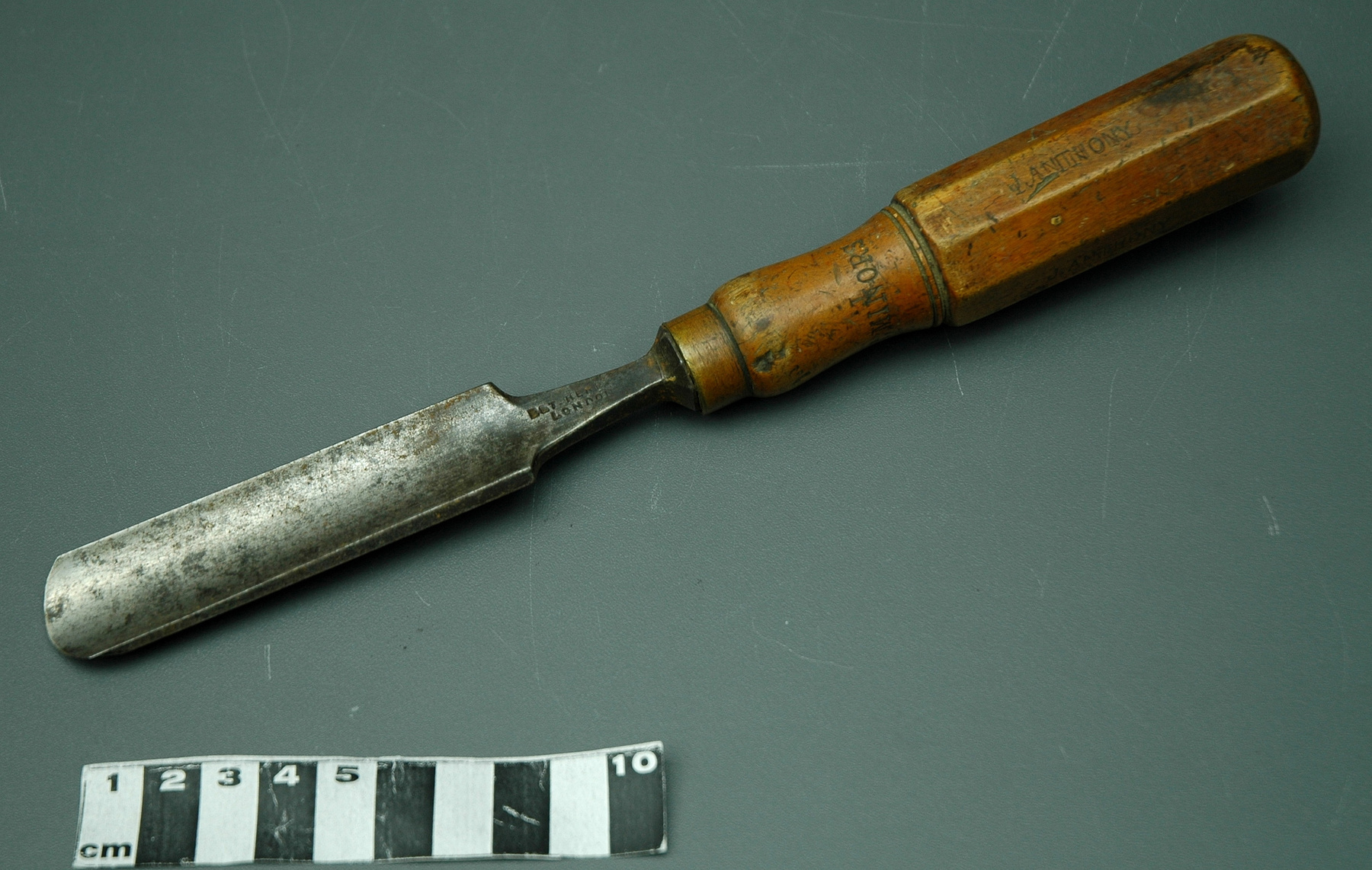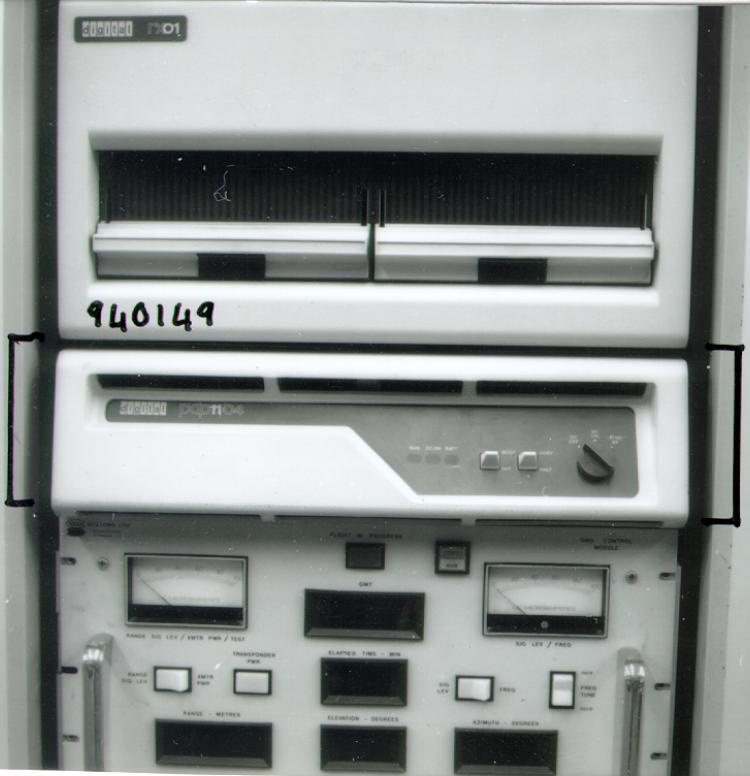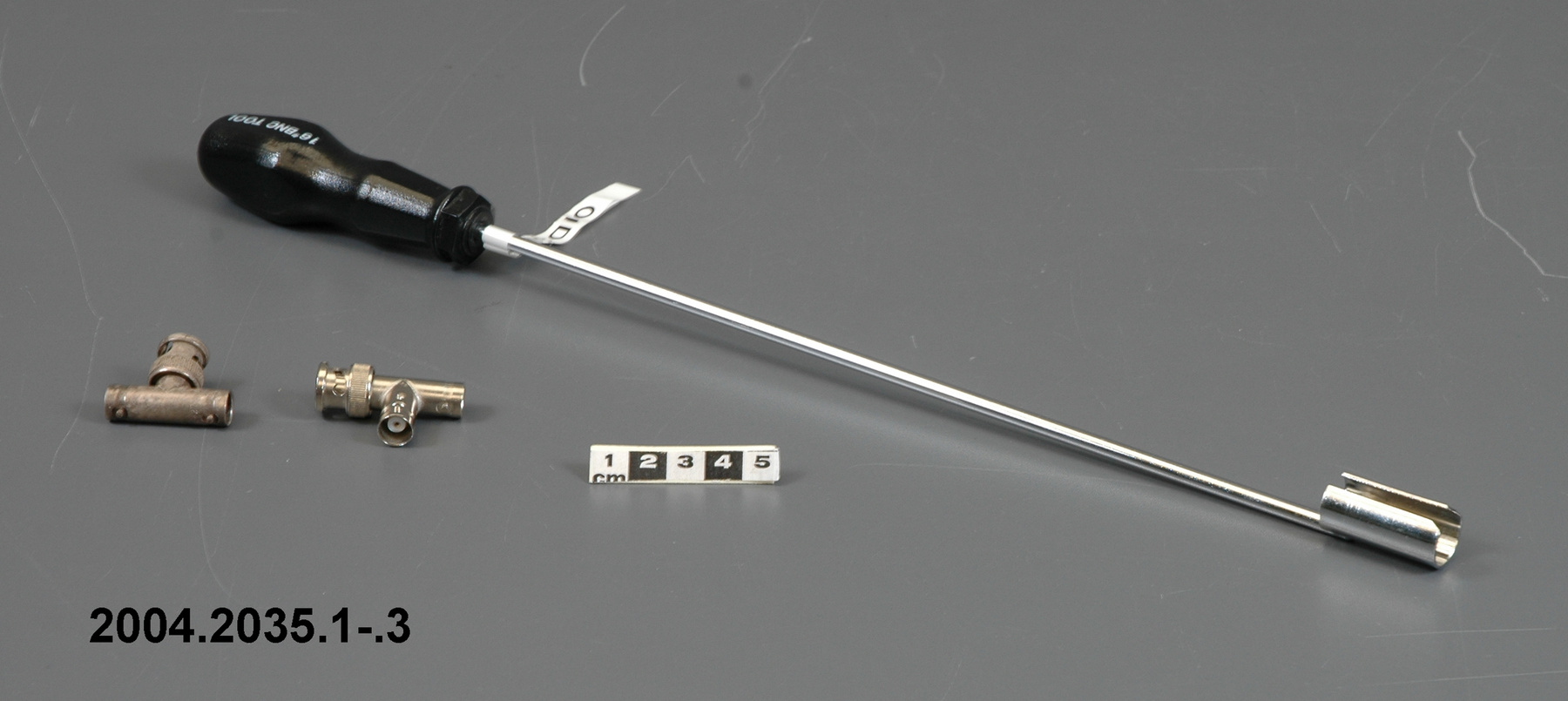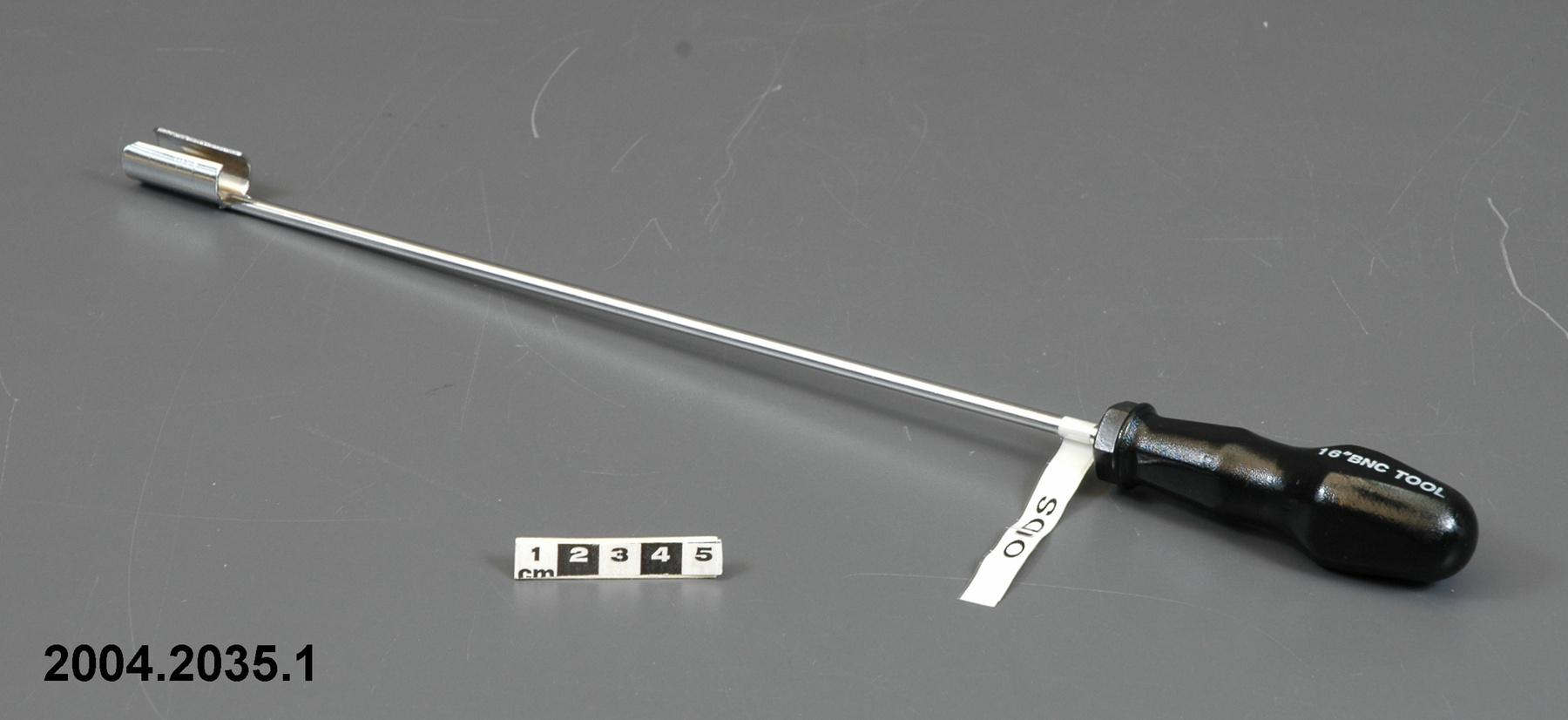Tool, BNC
Utiliser cette image
Puis-je réutiliser cette image sans autorisation? Oui
Les images sur le portail de la collection d’Ingenium ont la licence Creative Commons suivante :
Copyright Ingenium / CC BY-NC-ND (Attribution-NonCommercial 4.0 International (CC BY-NC 4.0)
ATTRIBUER CETTE IMAGE
Ingenium,
2004.2035.001
Permalien:
Ingenium diffuse cette image sous le cadre de licence Creative Commons et encourage son téléchargement et sa réutilisation à des fins non commerciales. Veuillez mentionner Ingenium et citer le numéro de l’artefact.
TÉLÉCHARGER L’IMAGEACHETER CETTE IMAGE
Cette image peut être utilisée gratuitement pour des fins non commerciales.
Pour un usage commercial, veuillez consulter nos frais de reproduction et communiquer avec nous pour acheter l’image.
- TYPE D’OBJET
- connector
- DATE
- Inconnu
- NUMÉRO DE L’ARTEFACT
- 2004.2035.001
- FABRICANT
- Inconnu
- MODÈLE
- 16" BNC Tool
- EMPLACEMENT
- Inconnu
Plus d’information
Renseignements généraux
- Nº de série
- S/O
- Nº de partie
- 1
- Nombre total de parties
- 3
- Ou
- BNC tool
- Brevets
- S/O
- Description générale
- Ferrous metal head and shaft/ Synthetic handle and label
Dimensions
Remarque : Cette information reflète la taille générale pour l’entreposage et ne représente pas nécessairement les véritables dimensions de l’objet.
- Longueur
- S/O
- Largeur
- S/O
- Hauteur
- S/O
- Épaisseur
- S/O
- Poids
- S/O
- Diamètre
- S/O
- Volume
- S/O
Lexique
- Groupe
- Technologie informatique
- Catégorie
- Équipement d'entretien et développement
- Sous-catégorie
- S/O
Fabricant
- Ou
- Inconnu
- Pays
- Inconnu
- État/province
- Inconnu
- Ville
- Inconnu
Contexte
- Pays
- Canada
- État/province
- Inconnu
- Période
- Inconnu
- Canada
-
An accessory device for a Canadian designed and at least partly Canadian manufactured computerized data acquisition and display unit for air traffic control. The Electronic System Master Plan for Mirabel Airport identified a need to consolidate the display of information required by air traffic controllers. A system was needed that could collect this information and present it on a television type display. The prototype and software (16-bit) was developed in house at NAVCAN in 1972. An engineering model was developed by the Computer Systems Group, Telecommunications and Electronics Branch of Transport Canada. This model system was built around a mini-computer and incorporated only two display channels. The major concern at the time was the quality of the display, as it had to serve both low and high ambient light conditions. The initial phase of the program had been so successful that the decision was taken to expand the procurement to supply each of the Area Control Centres in Canada, as well as Mirabel, with a system. A contract was written with I.P. Sharpe Associates of Toronto & Ottawa (and Carleton Place) being the successful bidder. Halfway through the contract the project was spun off to a new company, Goodwood Data Systems (basically the Carleton Place facility). The systems were delivered in 1975-1978 (to 7 control centres and 2 systems for the Technical Systems Centre (TSC) in Ottawa and one for the training centre in Cornwall). The contract was for apx. $1 million. The system was based on 7400 type discrete integrated circuits. The Display Site Equipment contract went to Raytheon and Raytheon Canada in Waterloo while the computers were made by DY-4 here in Ottawa. OIDS was subsequently installed at all major Canadian airports with troubleshooting and technical support backup provided by 2 systems in NAVCANs Ottawa Technical Systems Centre near the airport. Training was done in Cornwall both for techs and air traffic controllers on the third backup system (Continued in Notes). - Fonction
-
A tool used to insert or remove BNC (Bayonet Neill-Concelman) connectors in high density or hard-to-reach locations, such as densely wired patch panels in facilities like central apparatus rooms. - Technique
-
A BNC inserter/remover tool is also called a BNC tool, BNC extraction tool or BNC apple corer. They are usually light weight, made with stainless steel, and have screw driver type plastic handle grips for applying rotating torque. Their shafts are usually double the length of a standard screw driver. BNC tools help in safely, efficiently and quickly accessing BNC connectors, in jack fields. Using BNC tools also minimizes risk of accidentally disconnecting other connectors close by. The BNC (Bayonet Neill-Concelman) connector is a common type of RF connector used in electronic equipment. The connector was named after its bayonet mount locking mechanism and its inventors, Paul Neill and Carl Concelman. Neill worked at Bell Labs and also invented the N connector; Concelman worked at Amphenol and also invented the C connector (Ref. 1). - Notes sur la région
-
Inconnu
Détails
- Marques
- White lettering on handle reads '16" BNC TOOL'/ Black lettering on white synthetic tag reads 'OIDS'
- Manque
- Appears complete
- Fini
- Plated metal tool / Black synthetic handle
- Décoration
- S/O
FAIRE RÉFÉRENCE À CET OBJET
Si vous souhaitez publier de l’information sur cet objet de collection, veuillez indiquer ce qui suit :
Fabricant inconnu, Tool, BNC, Date inconnue, Numéro de l'artefact 2004.2035, Ingenium - Musées des sciences et de l'innovation du Canada, http://collection.ingeniumcanada.org/fr/item/2004.2035.001/
RÉTROACTION
Envoyer une question ou un commentaire sur cet artefact.
Plus comme ceci
